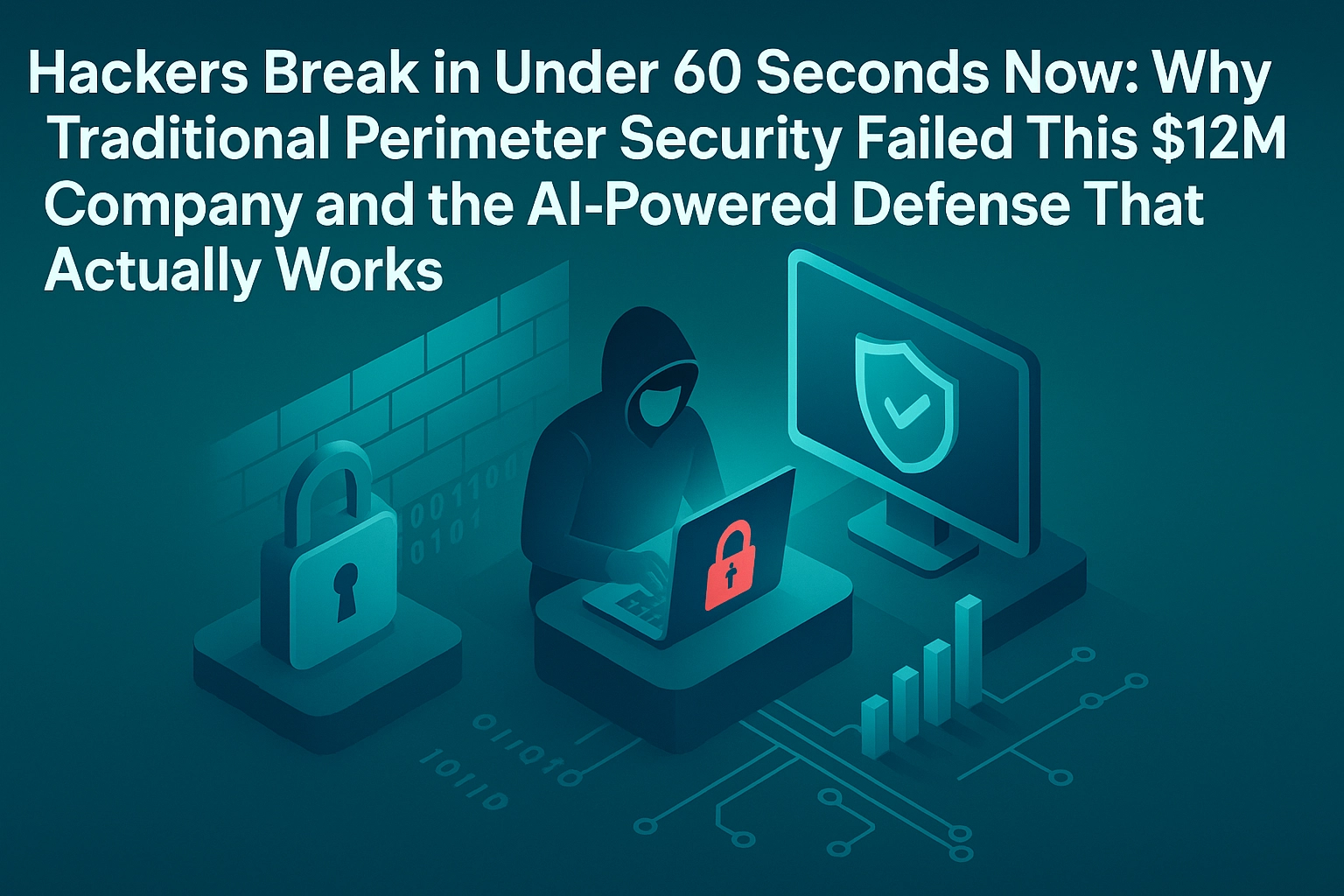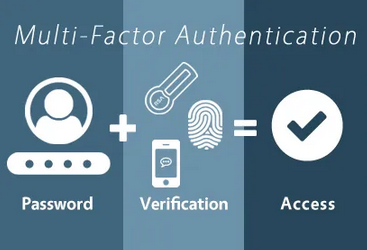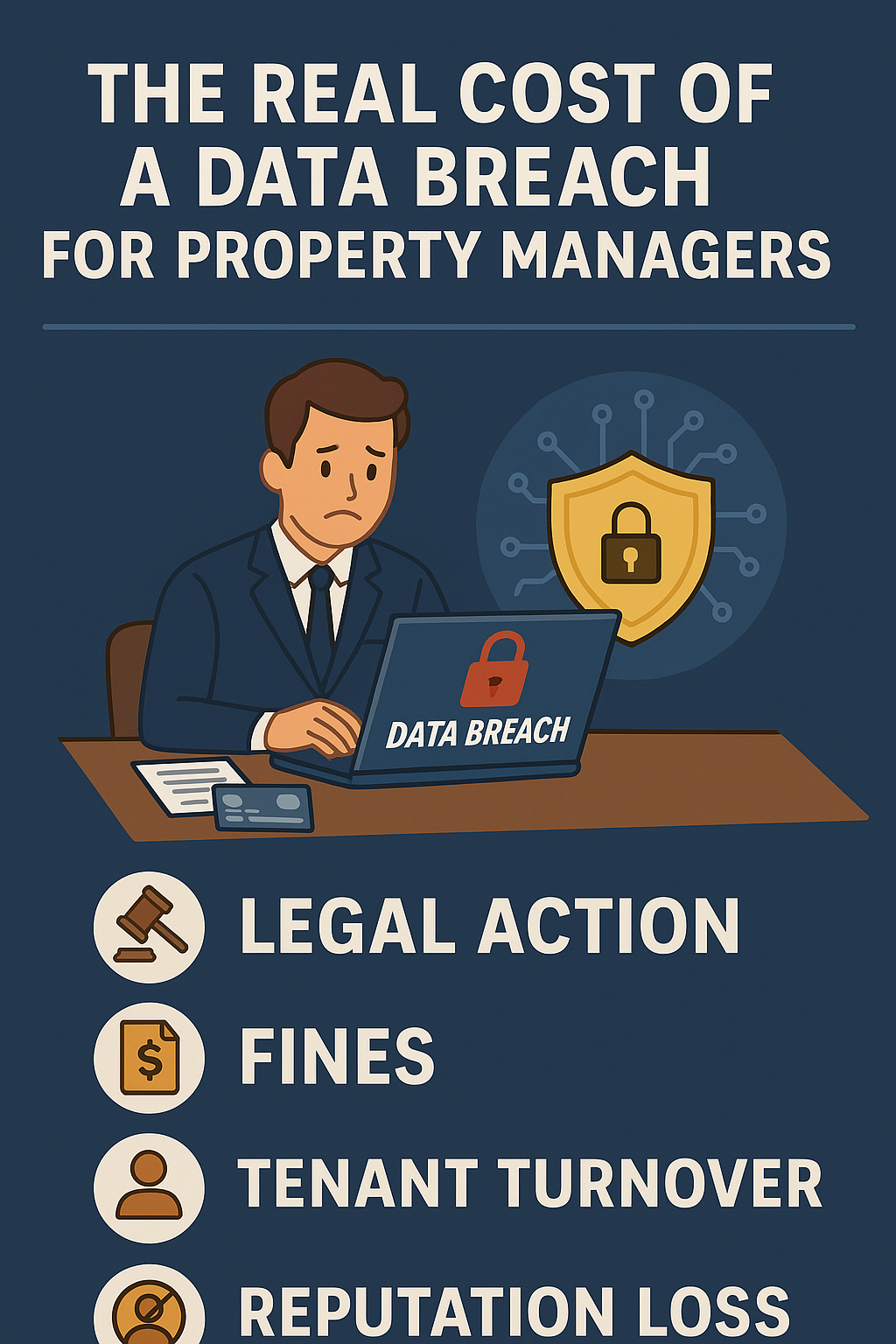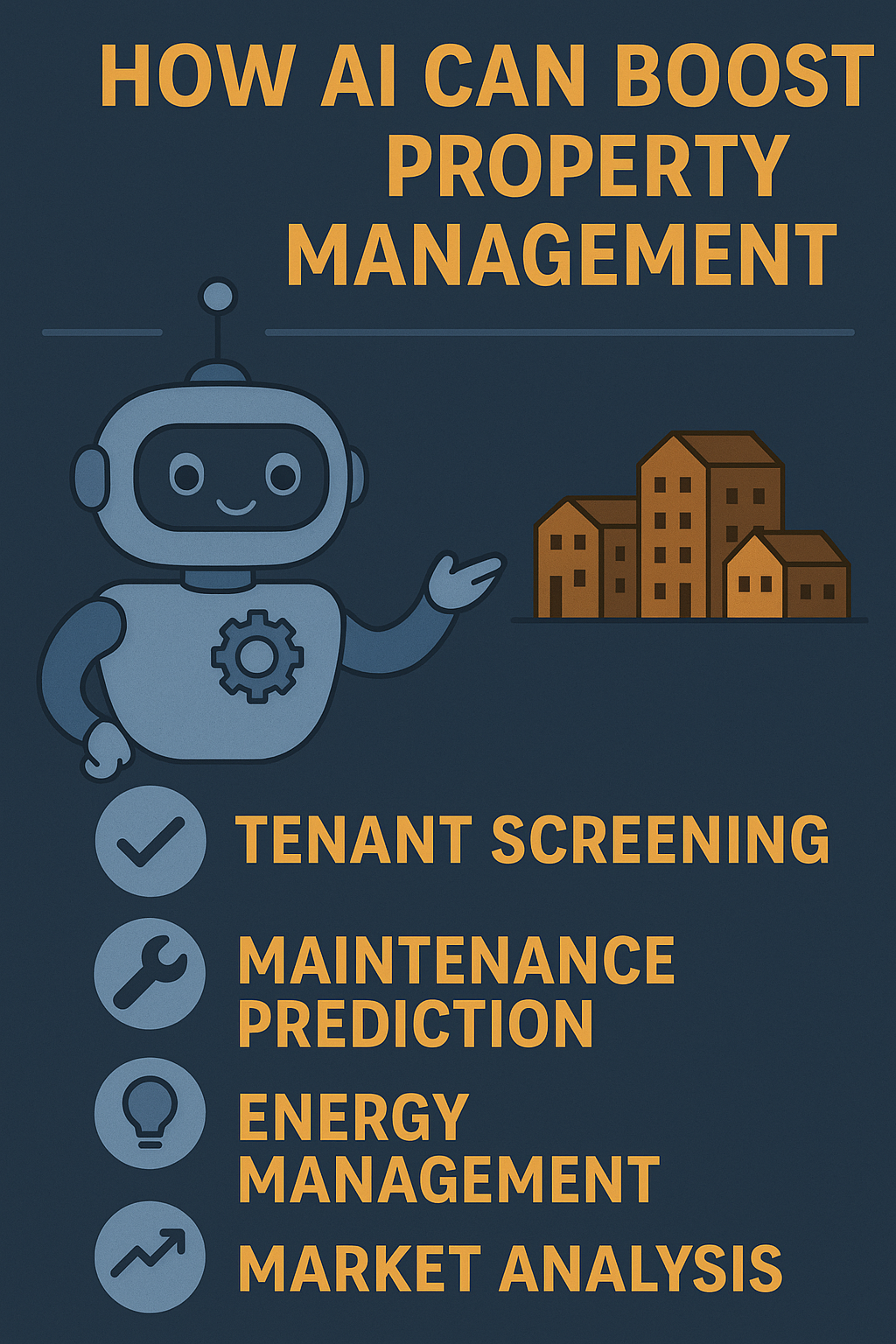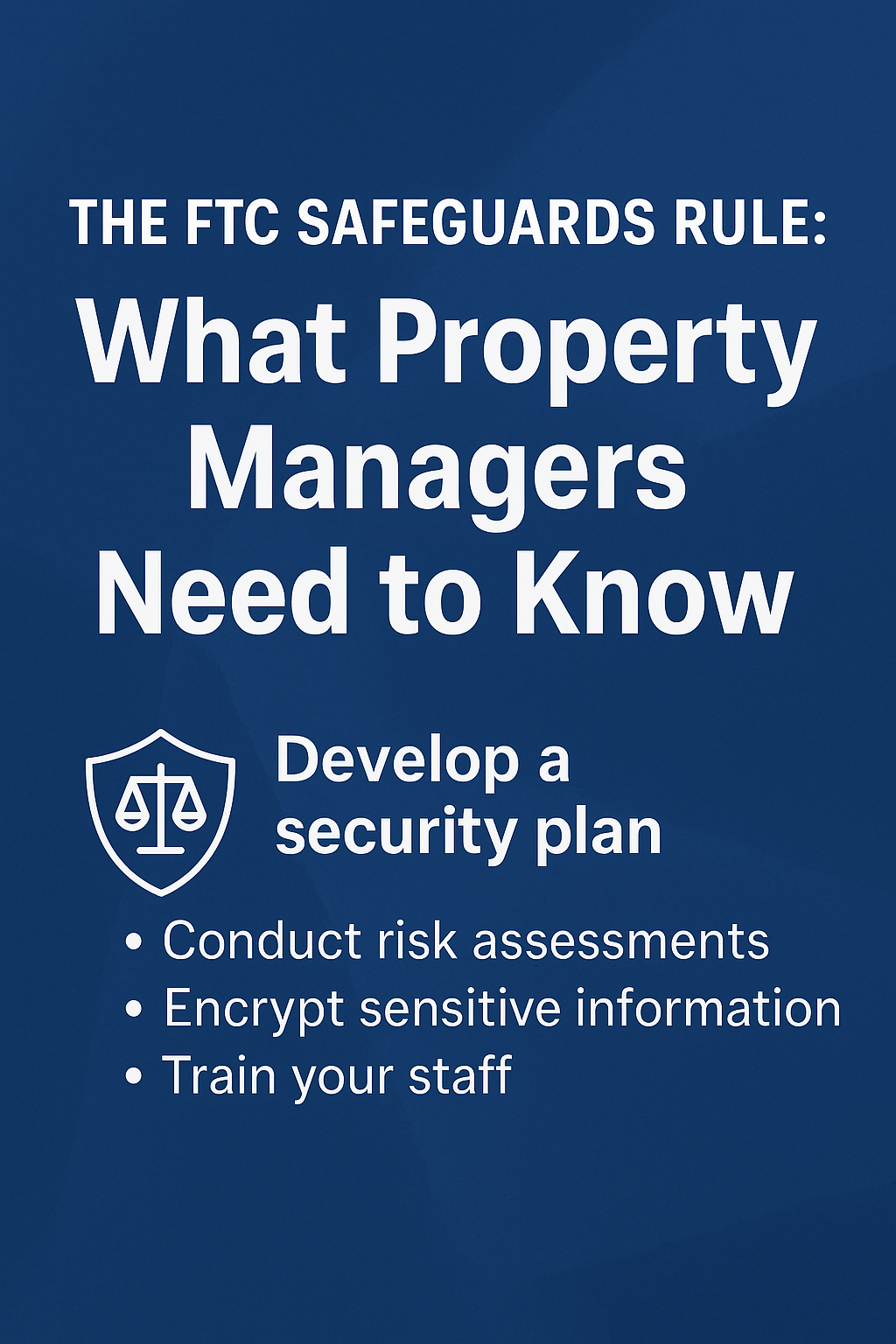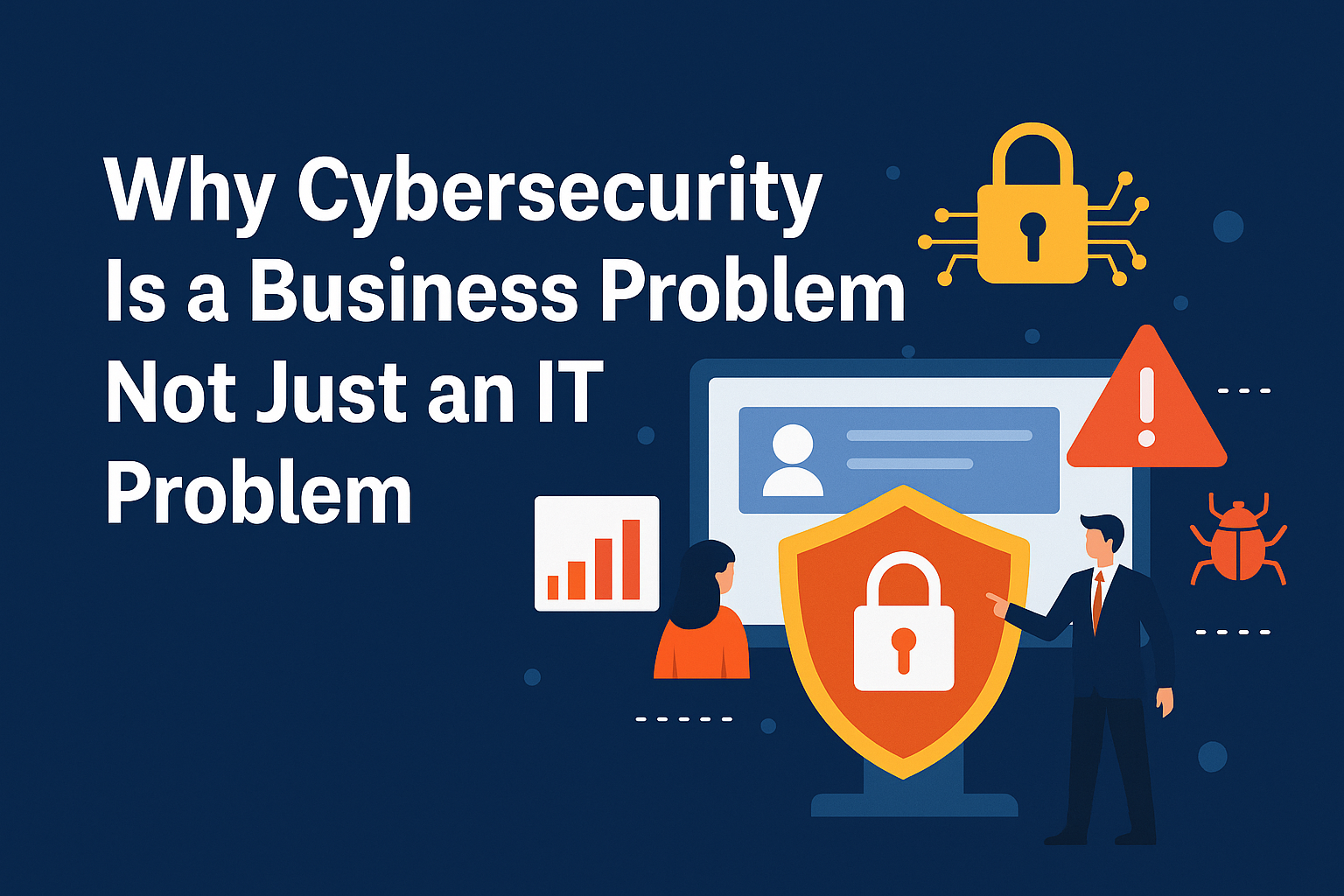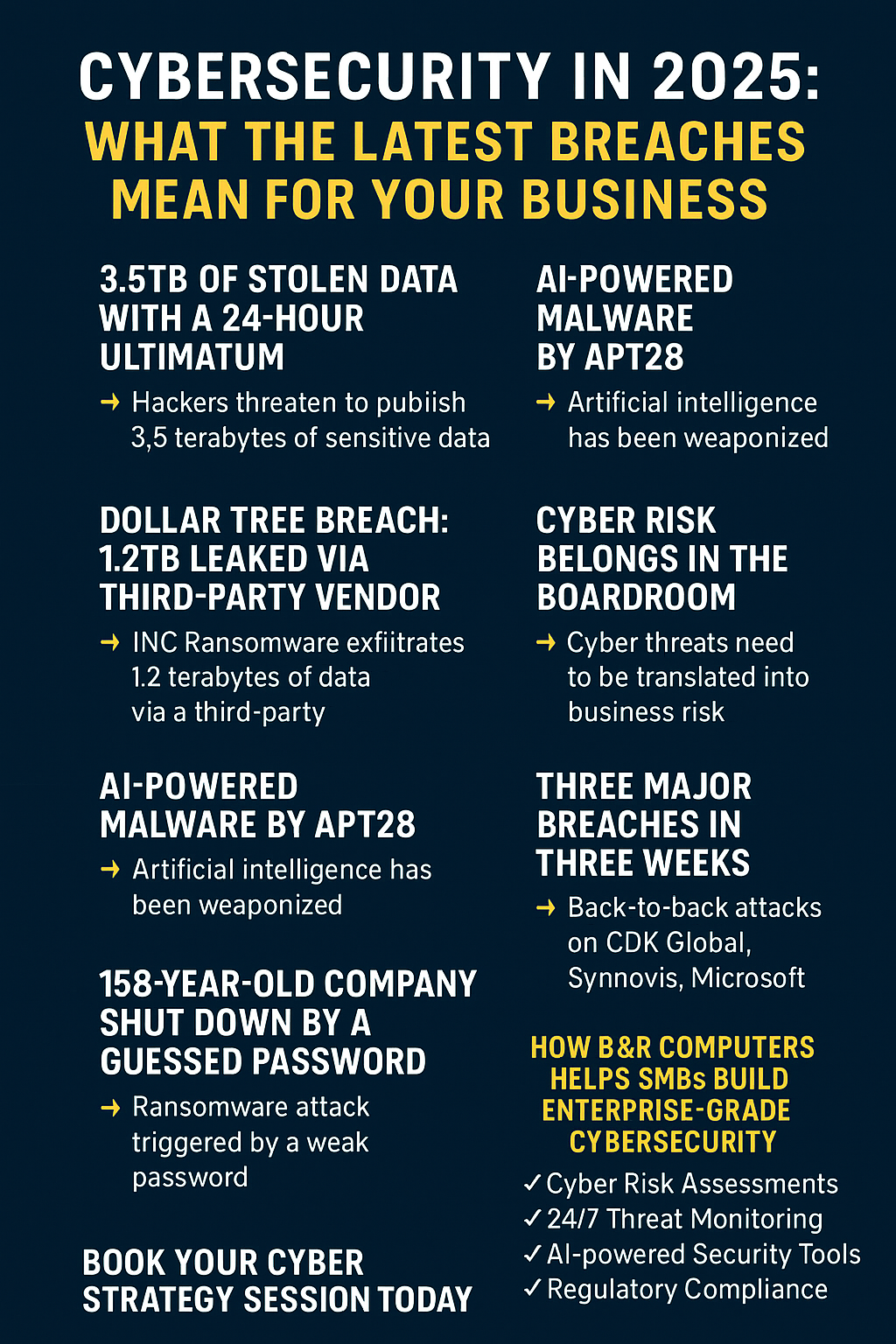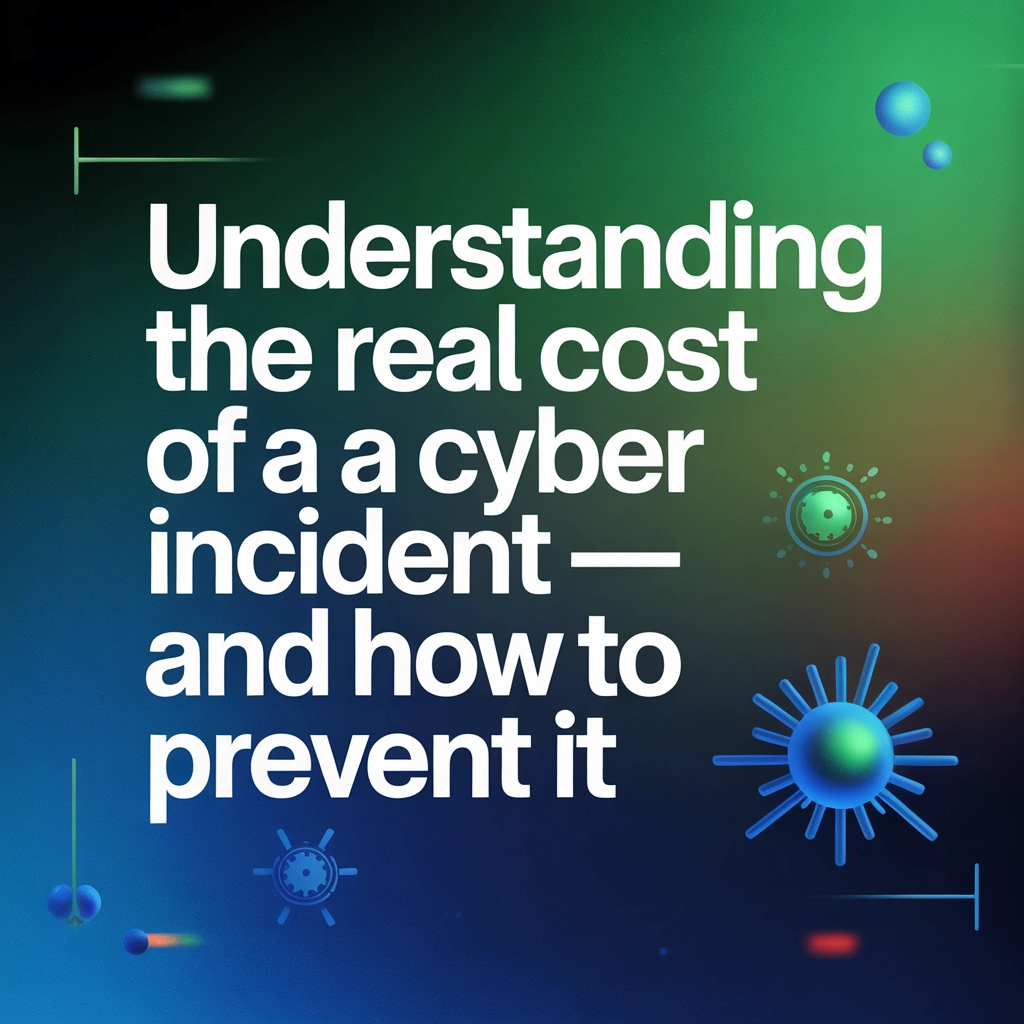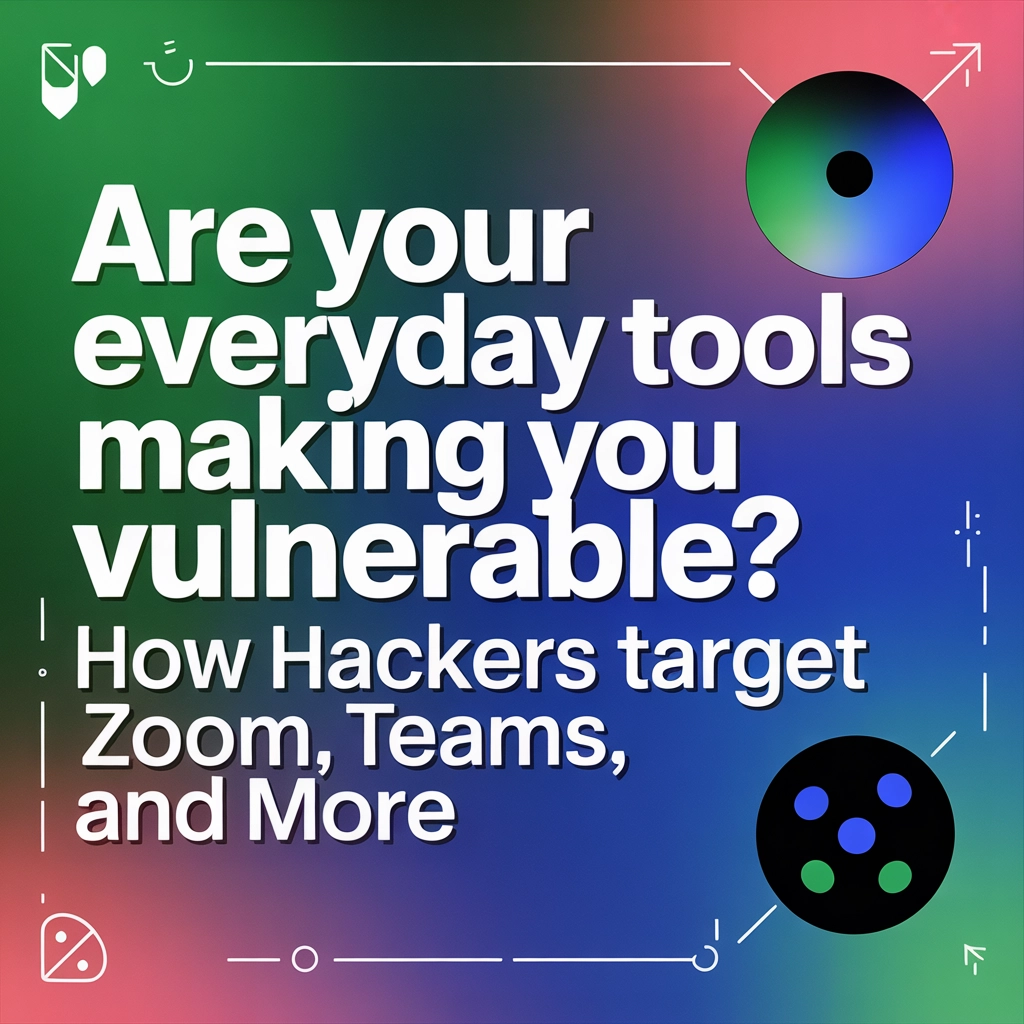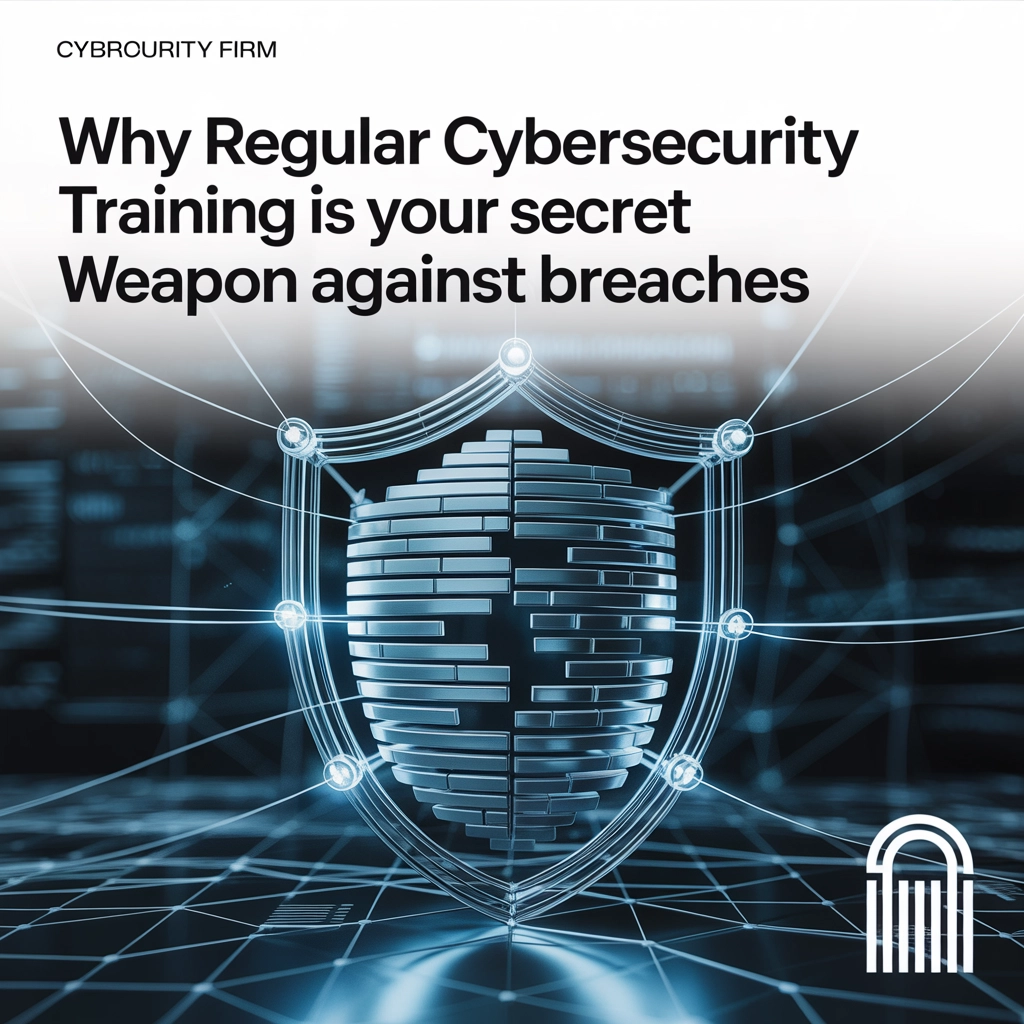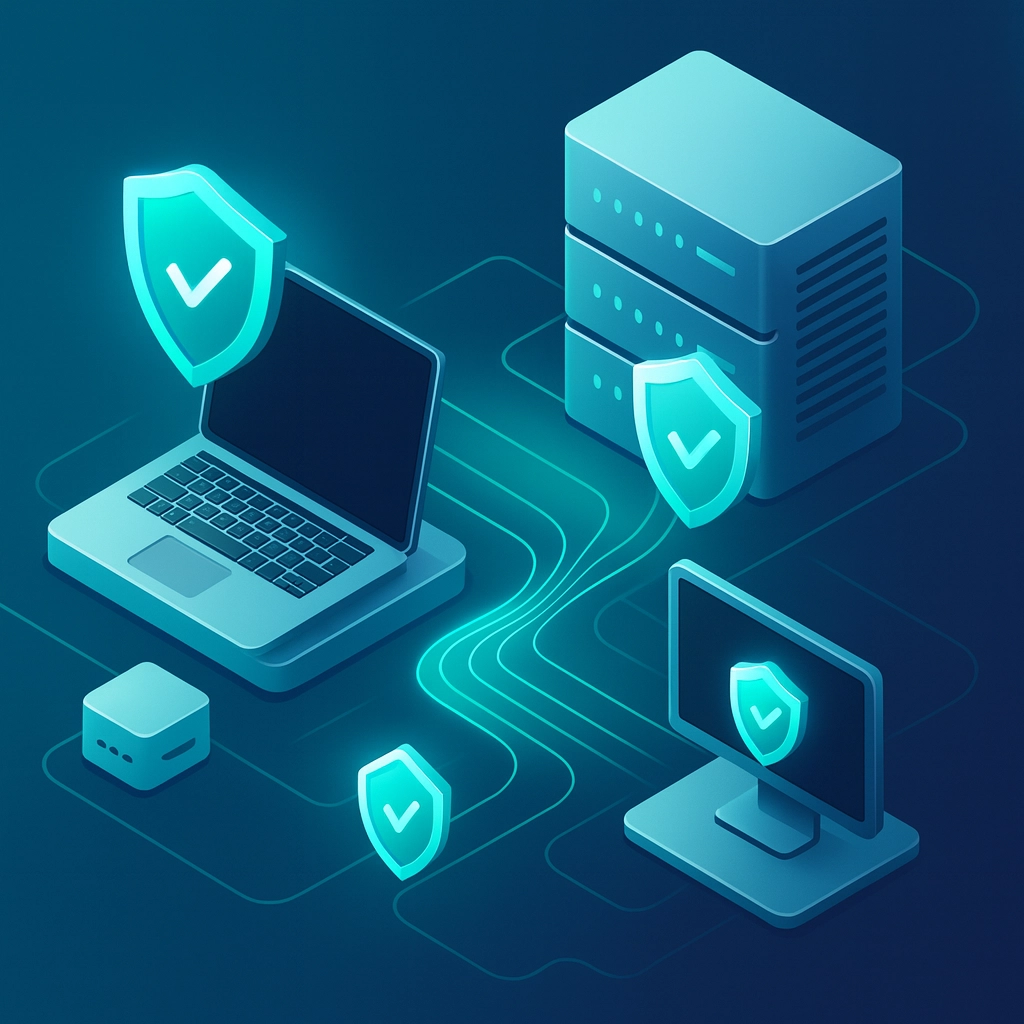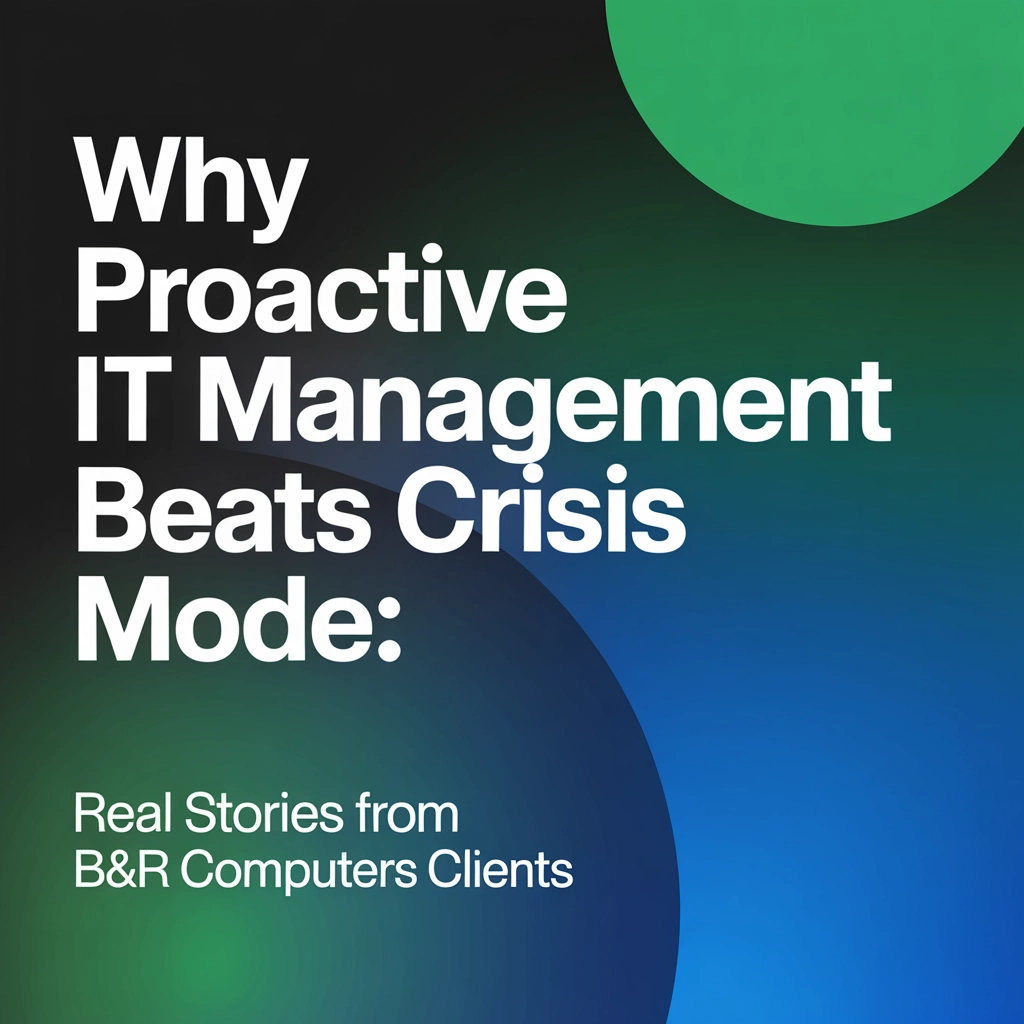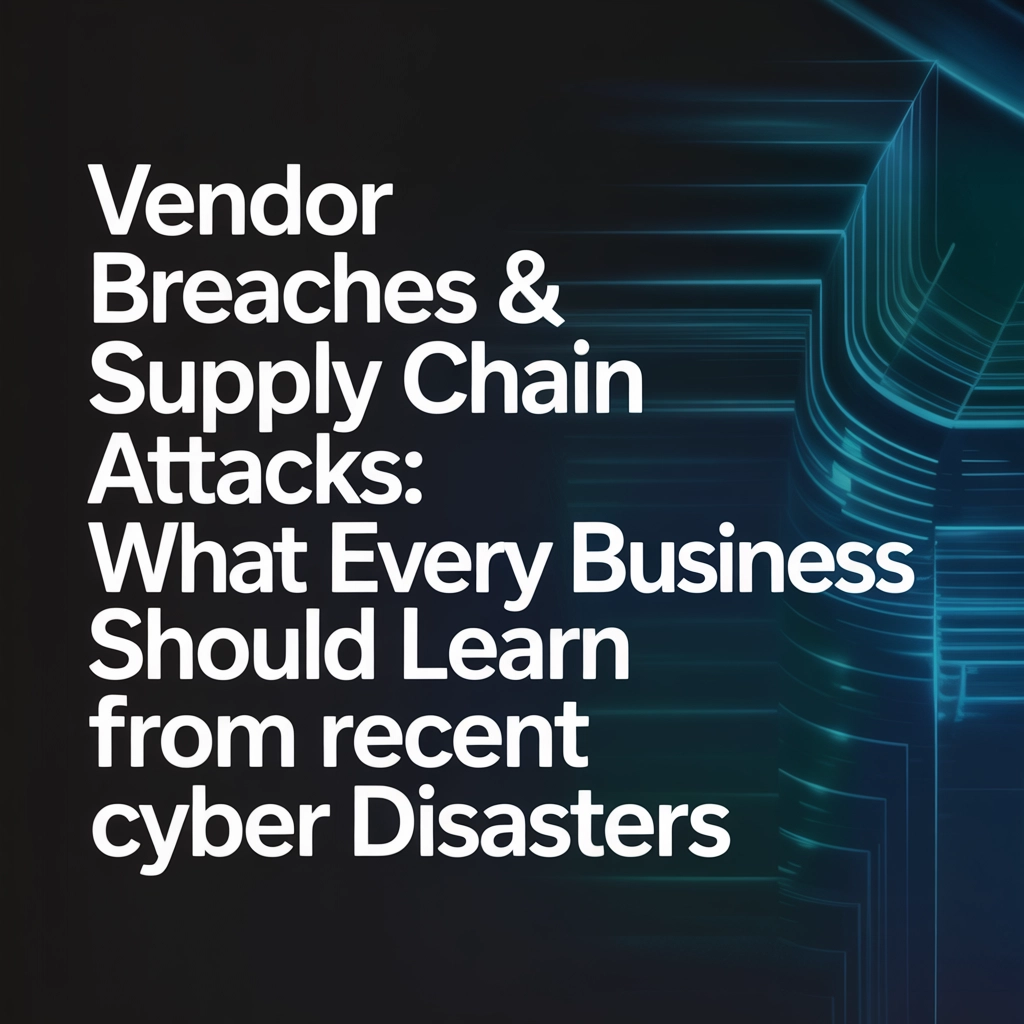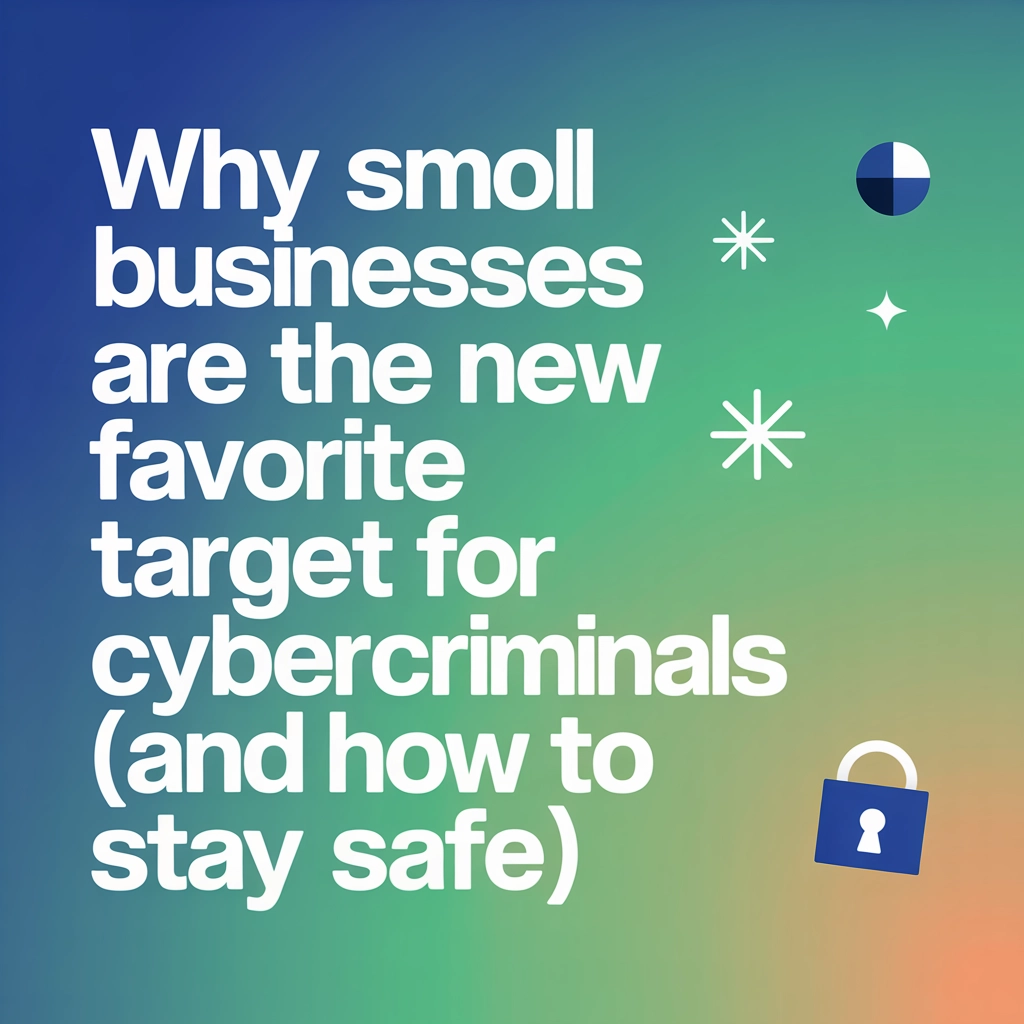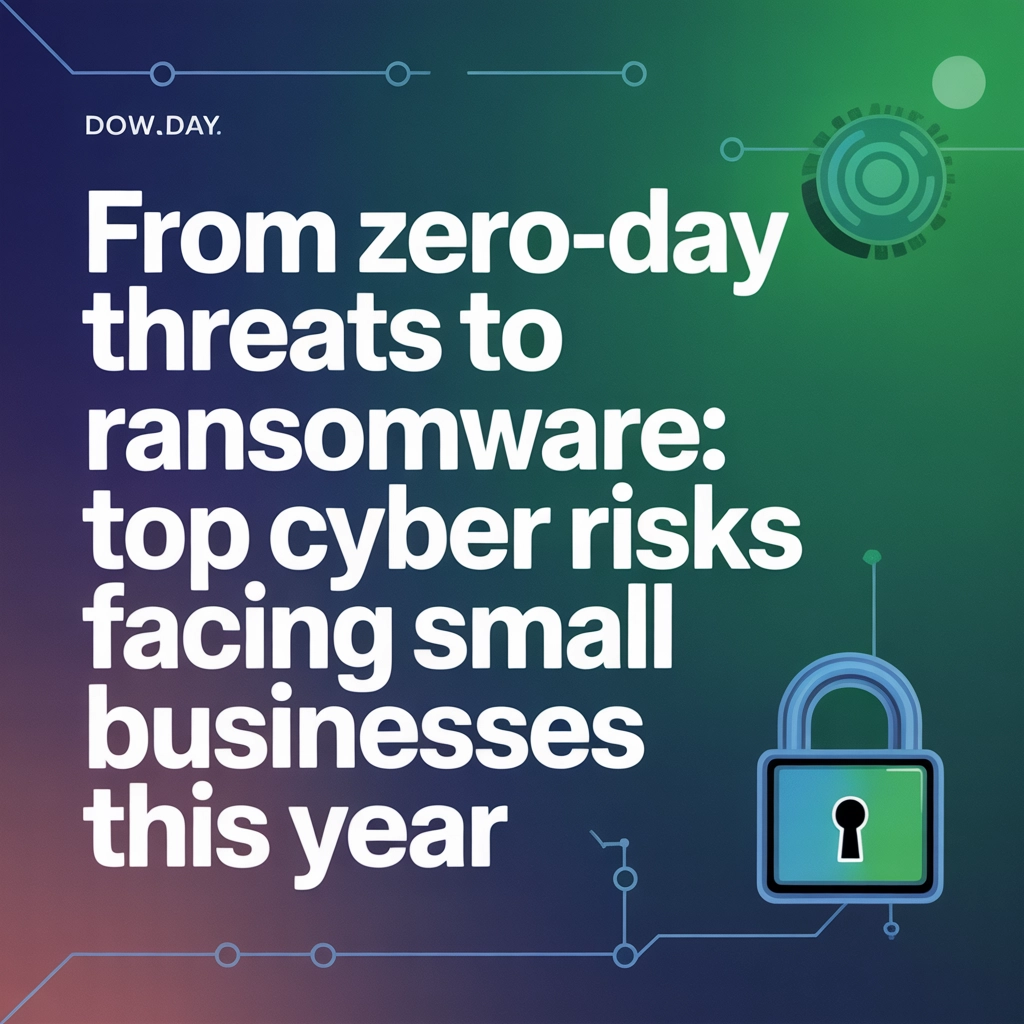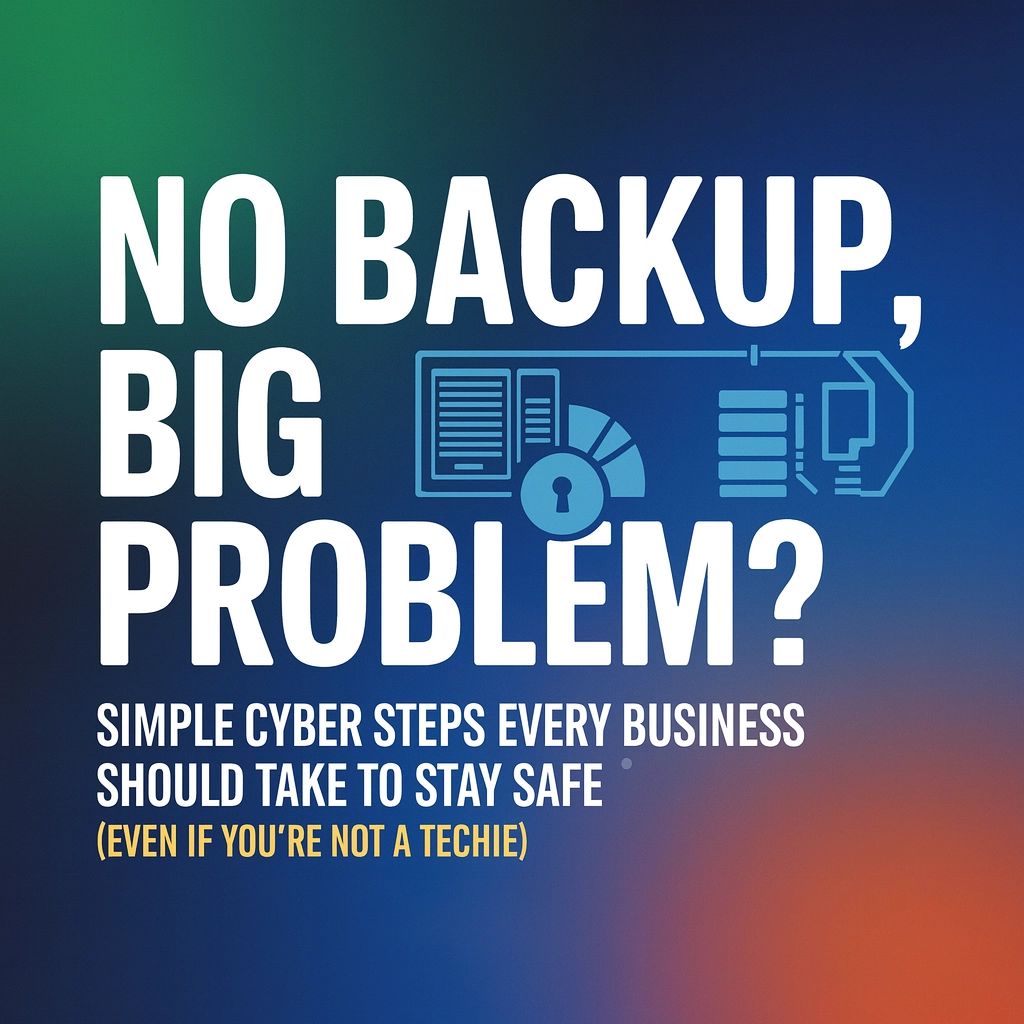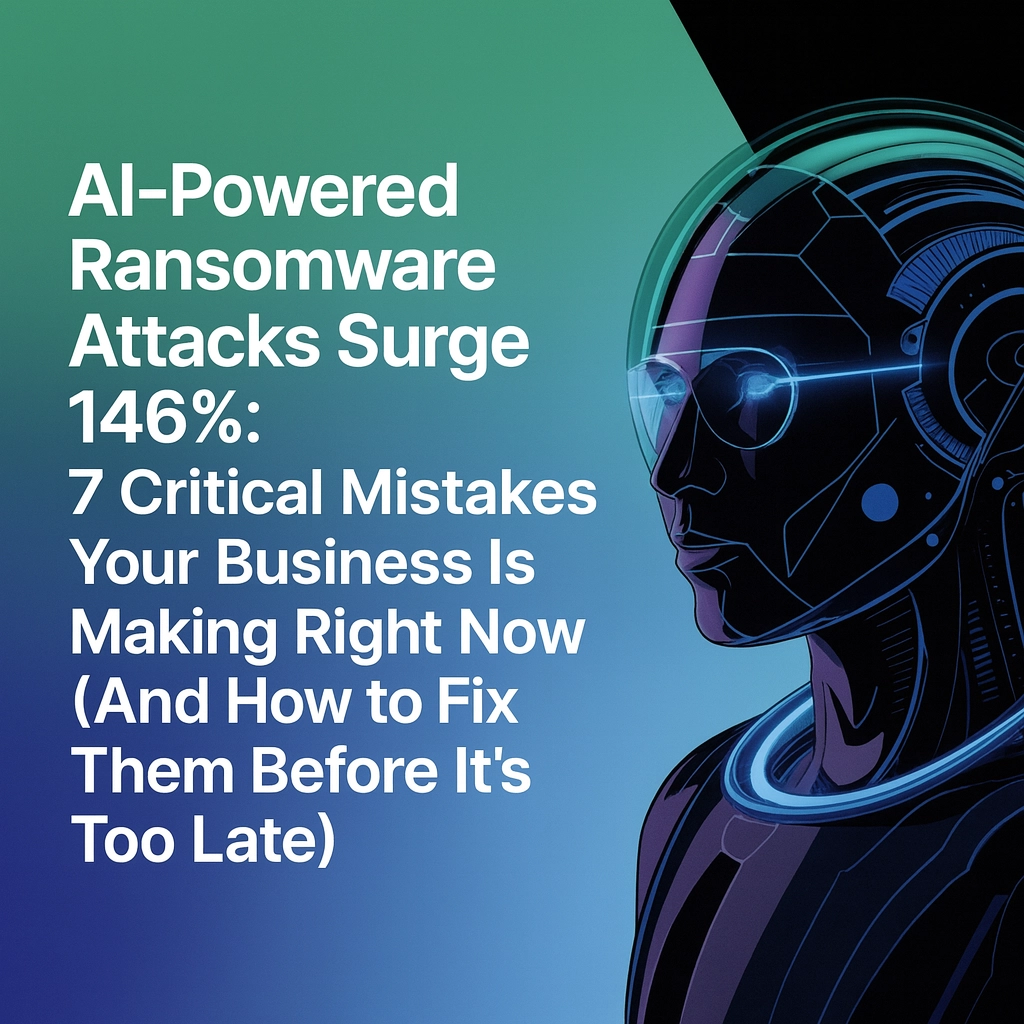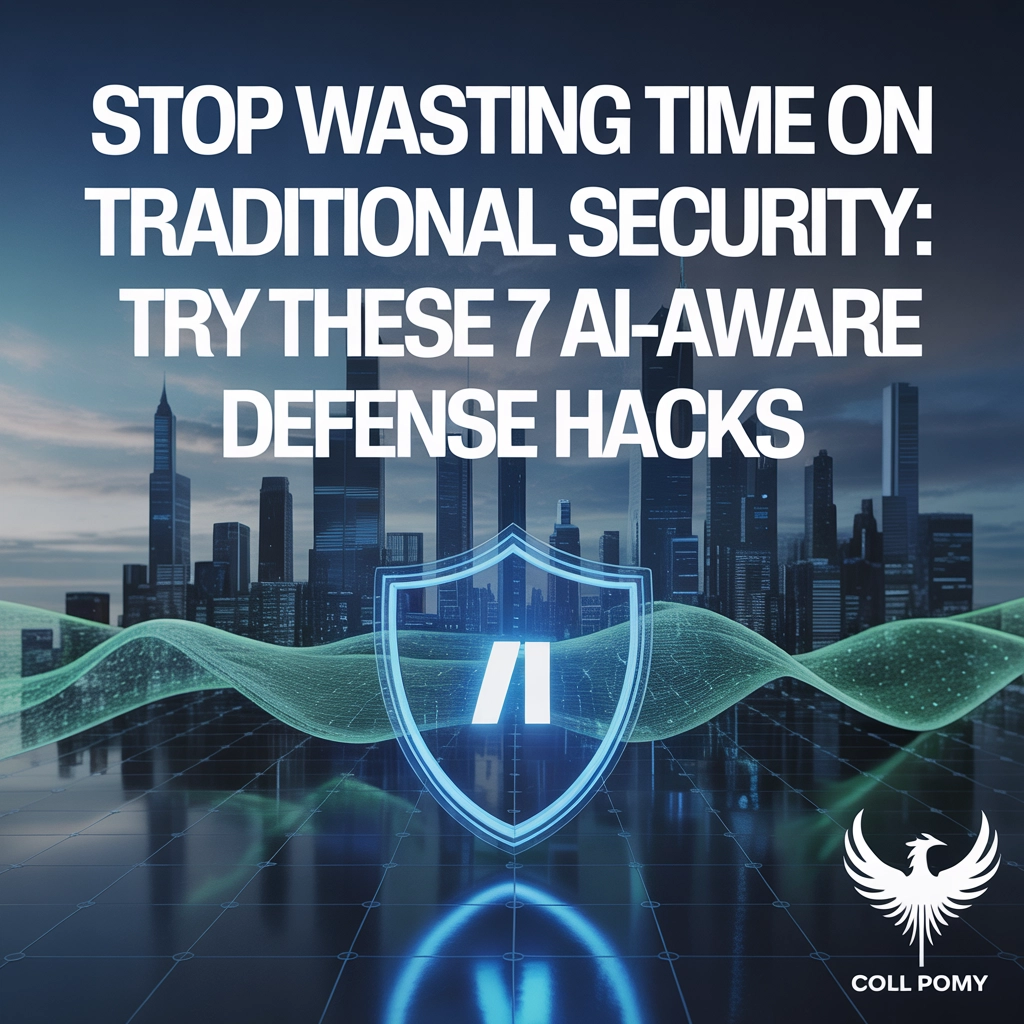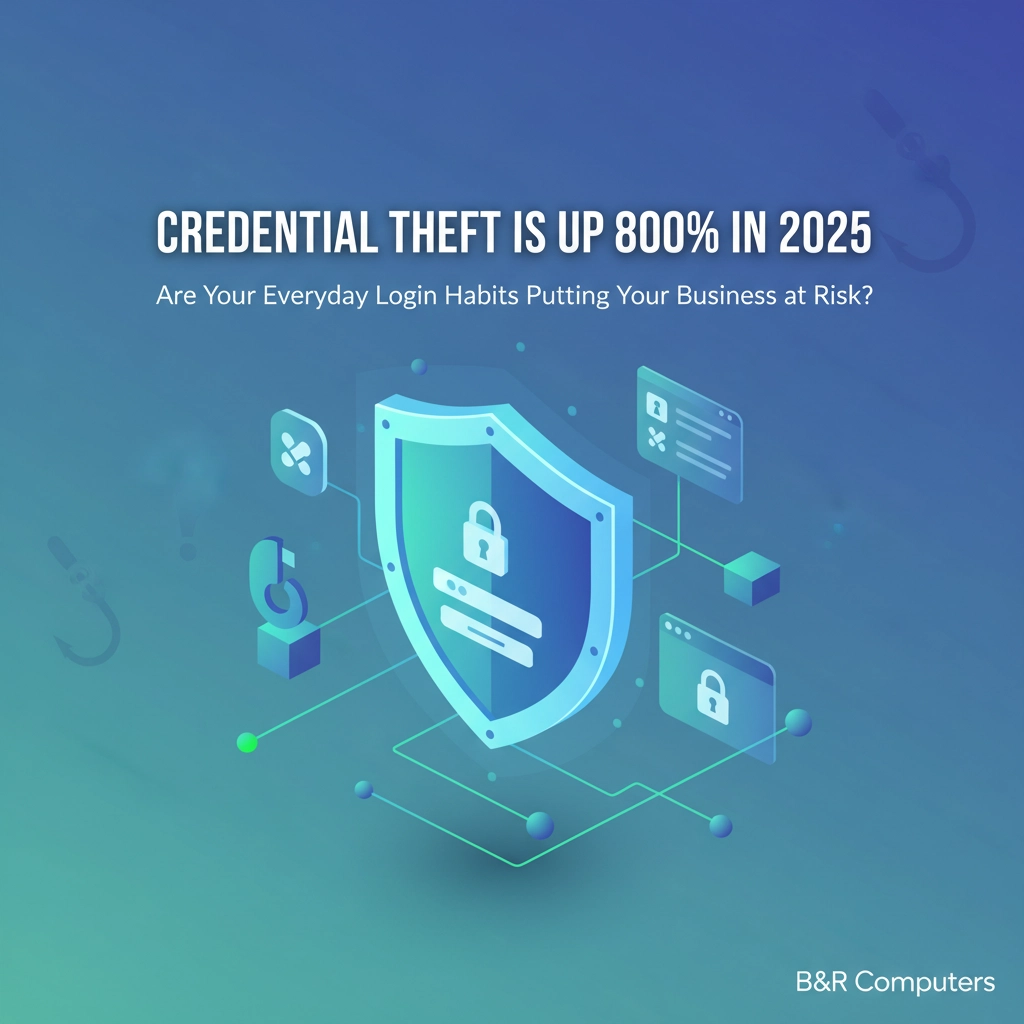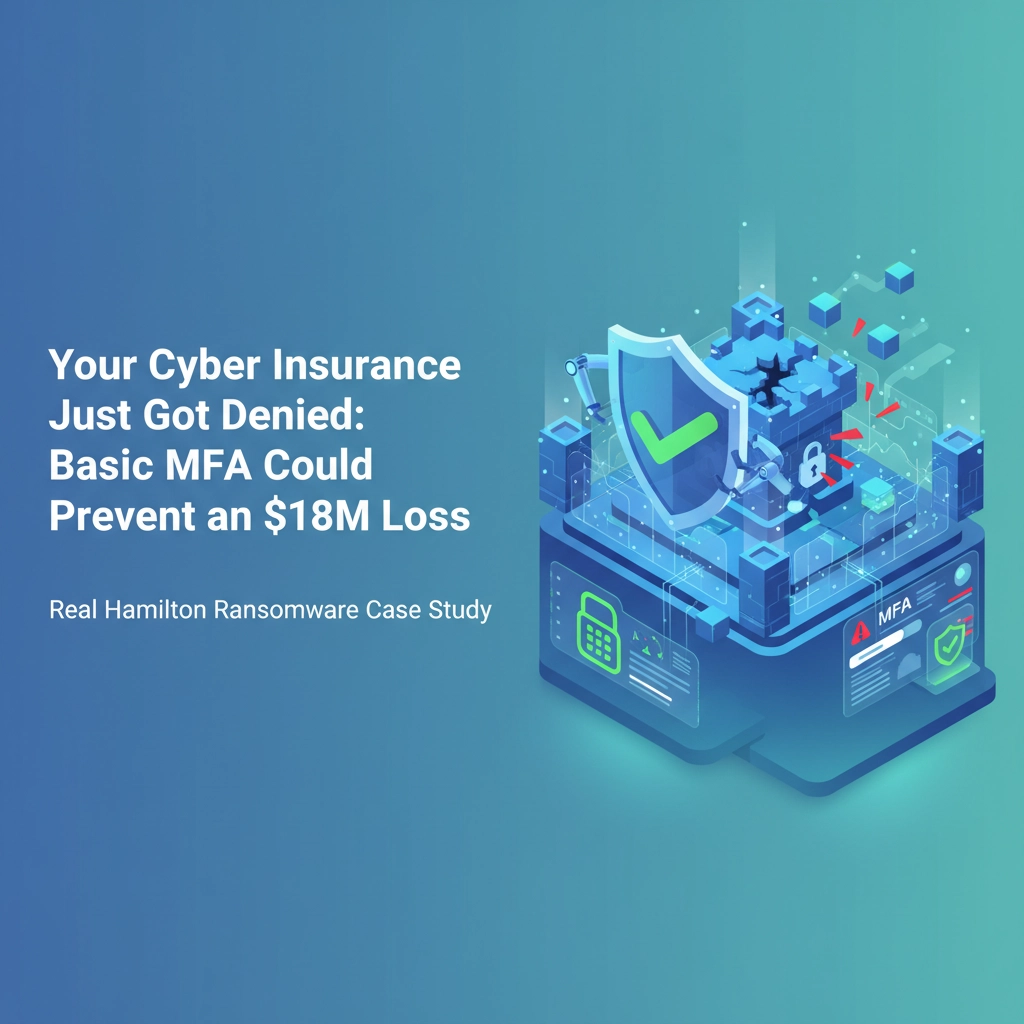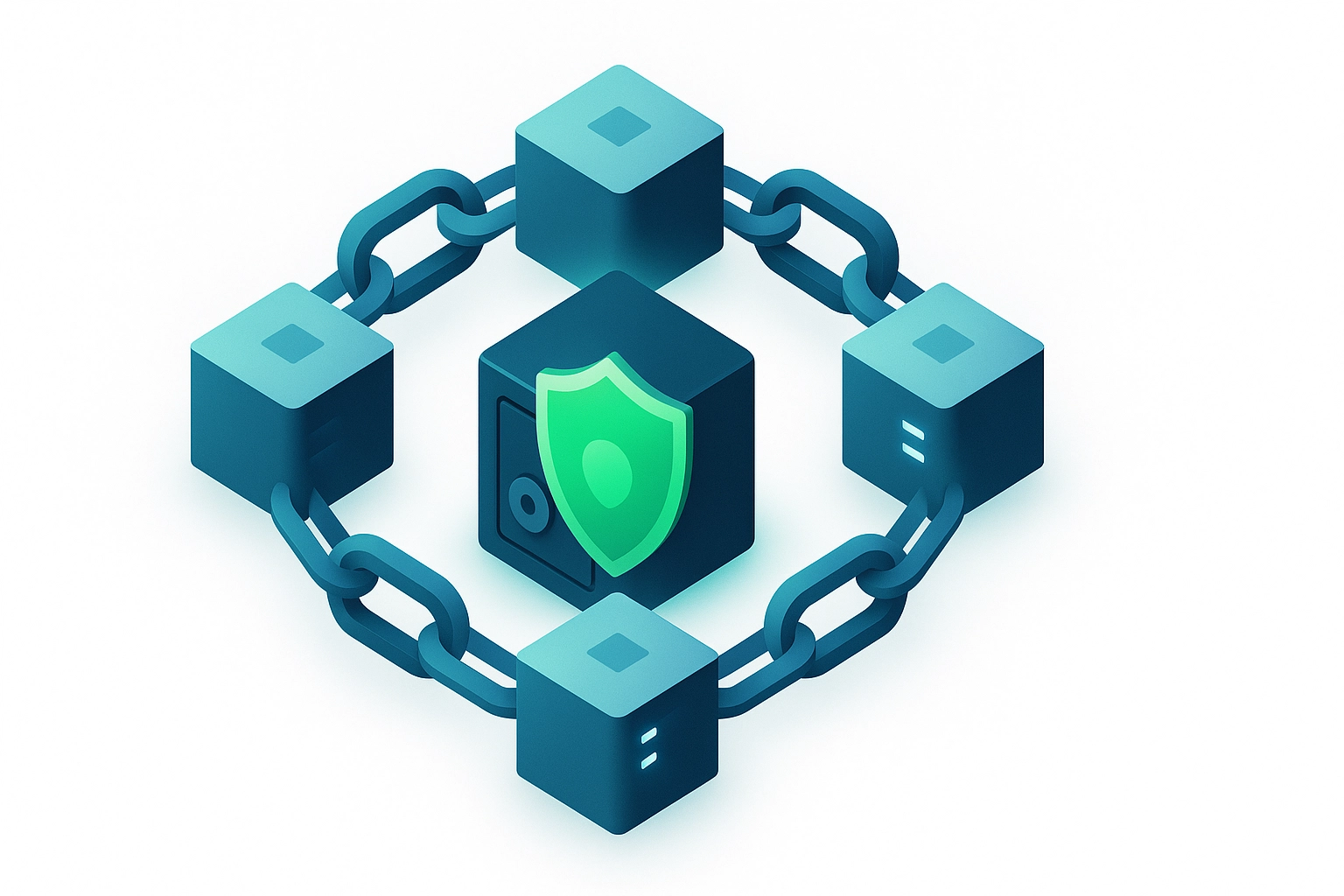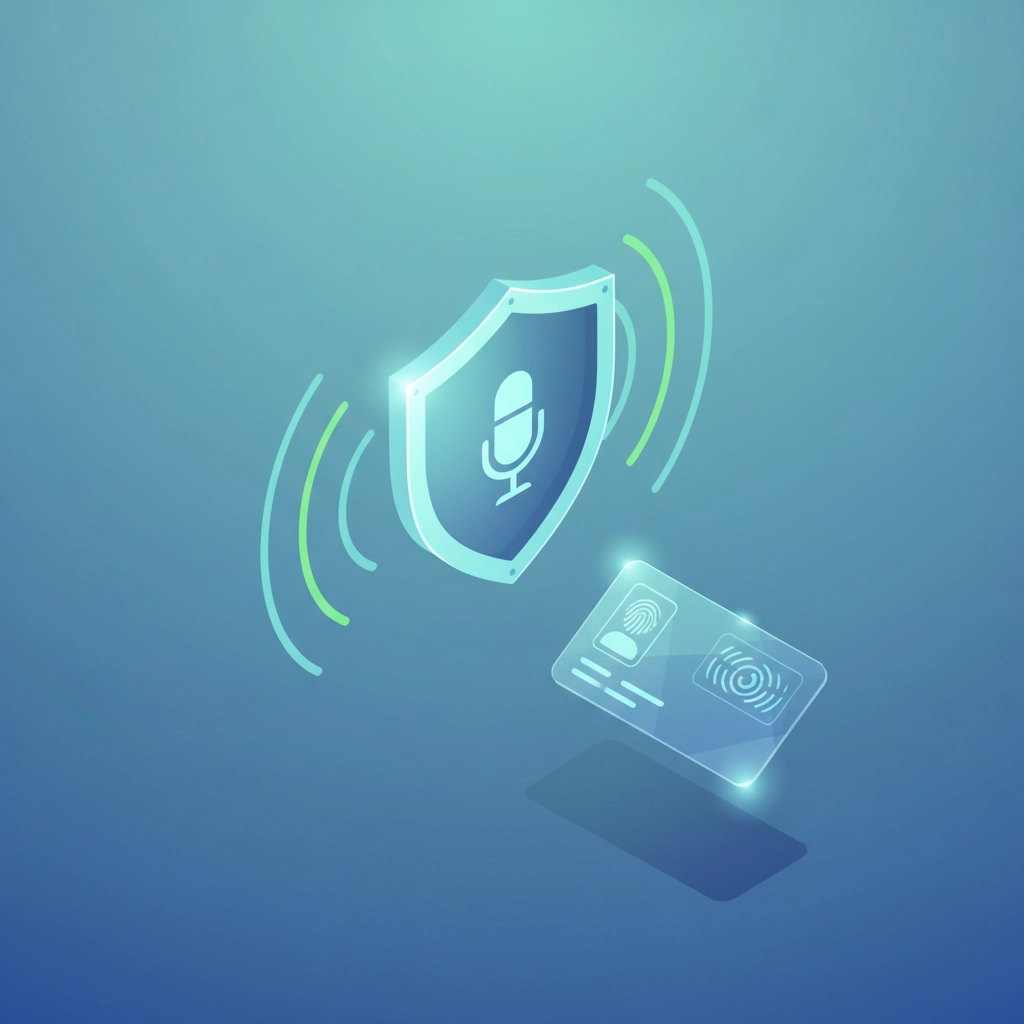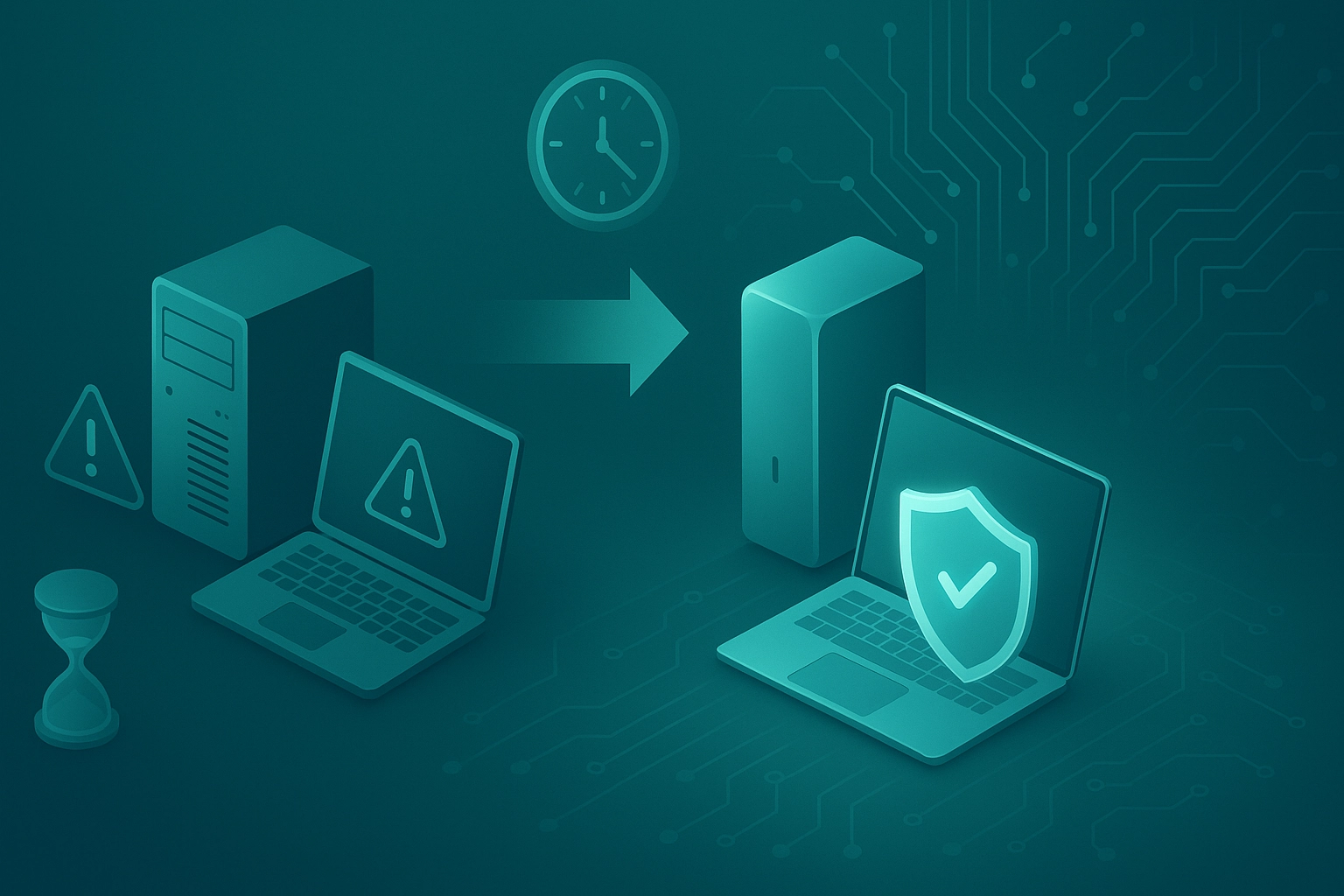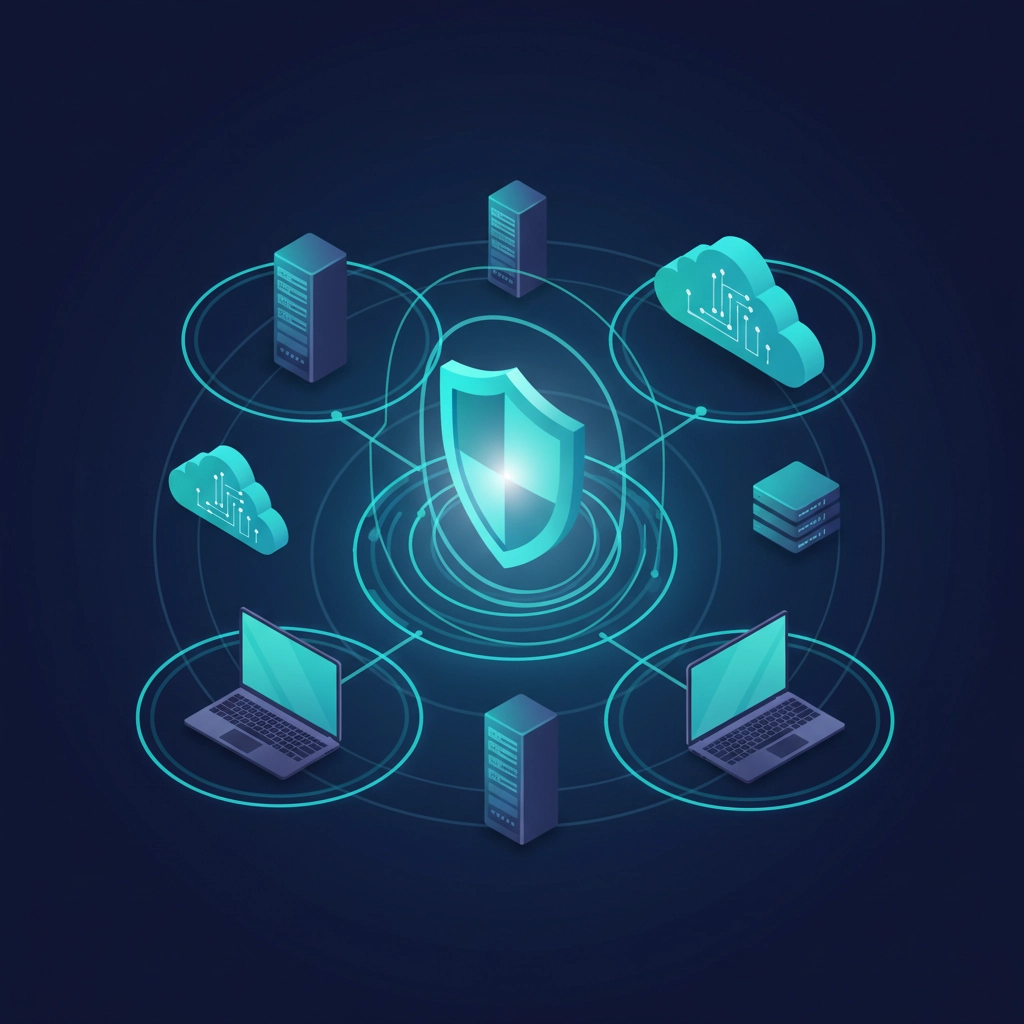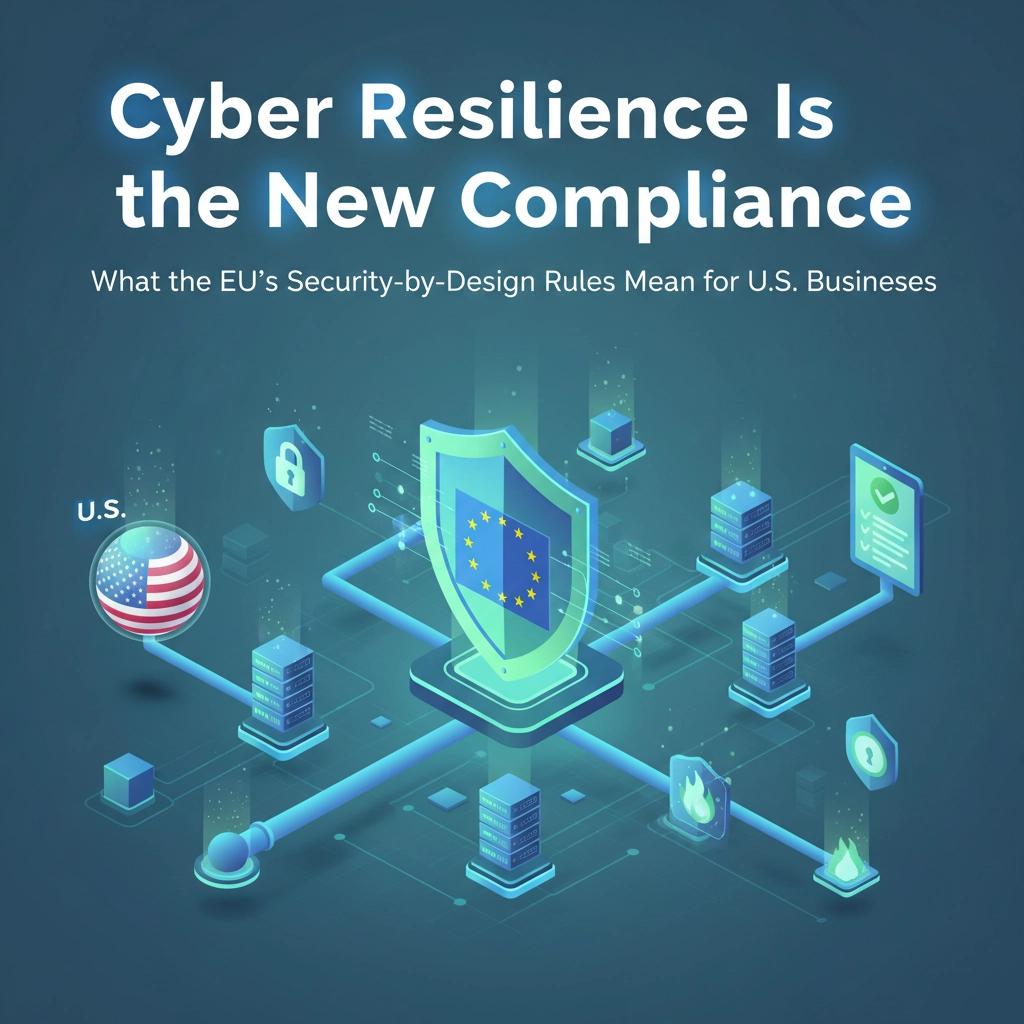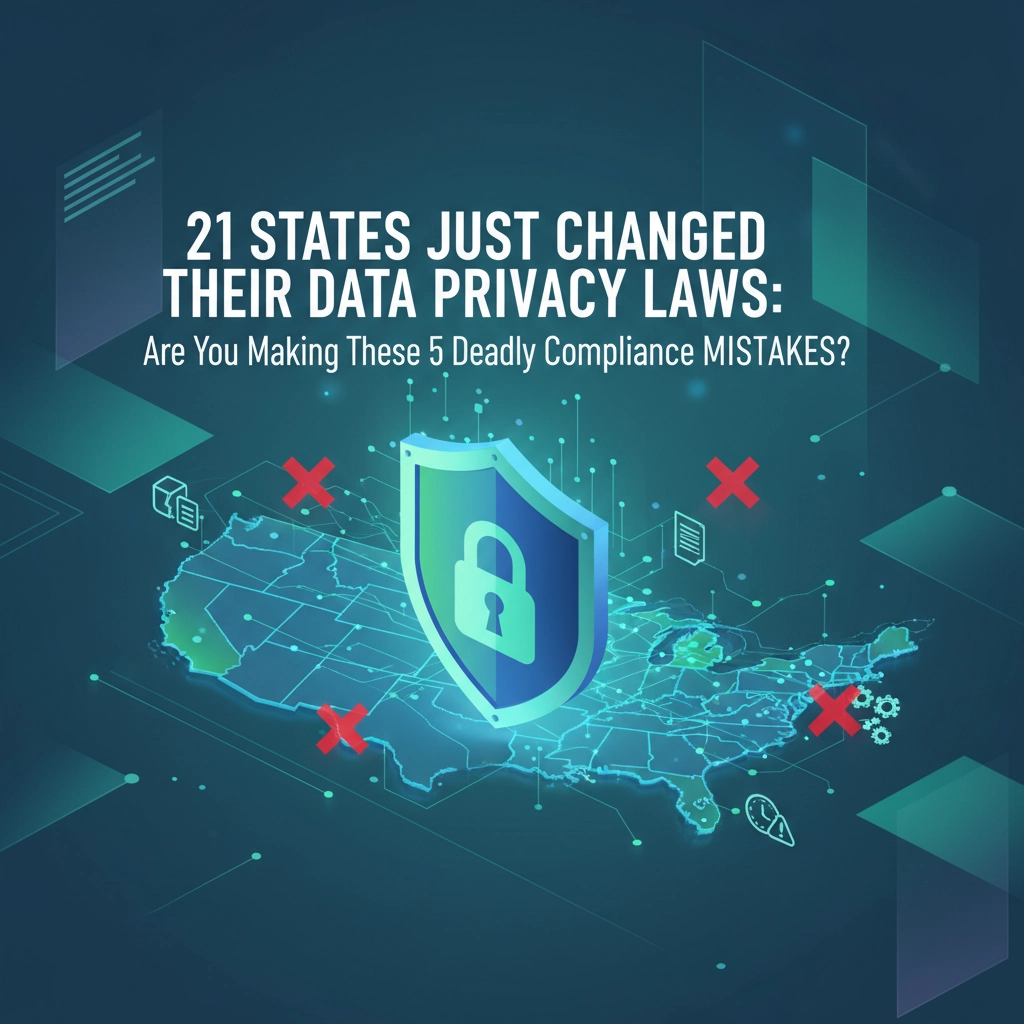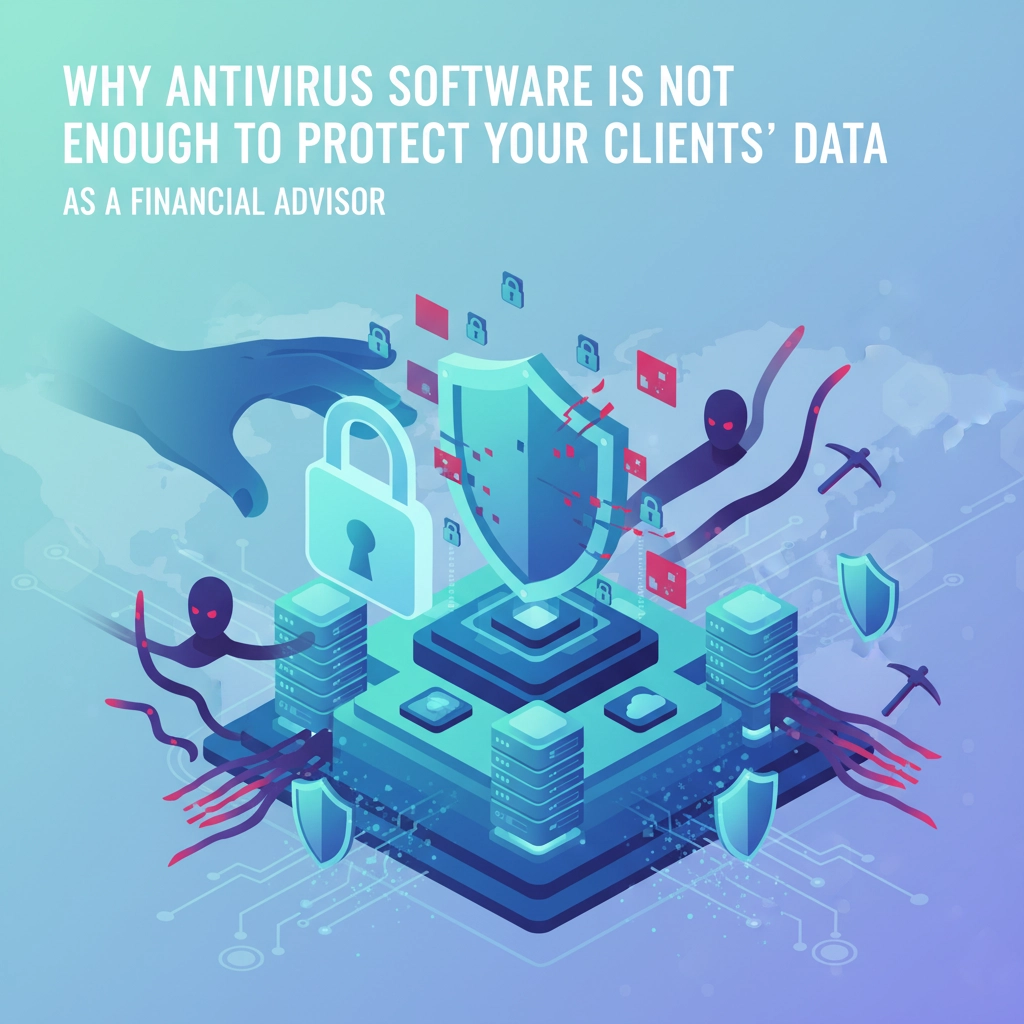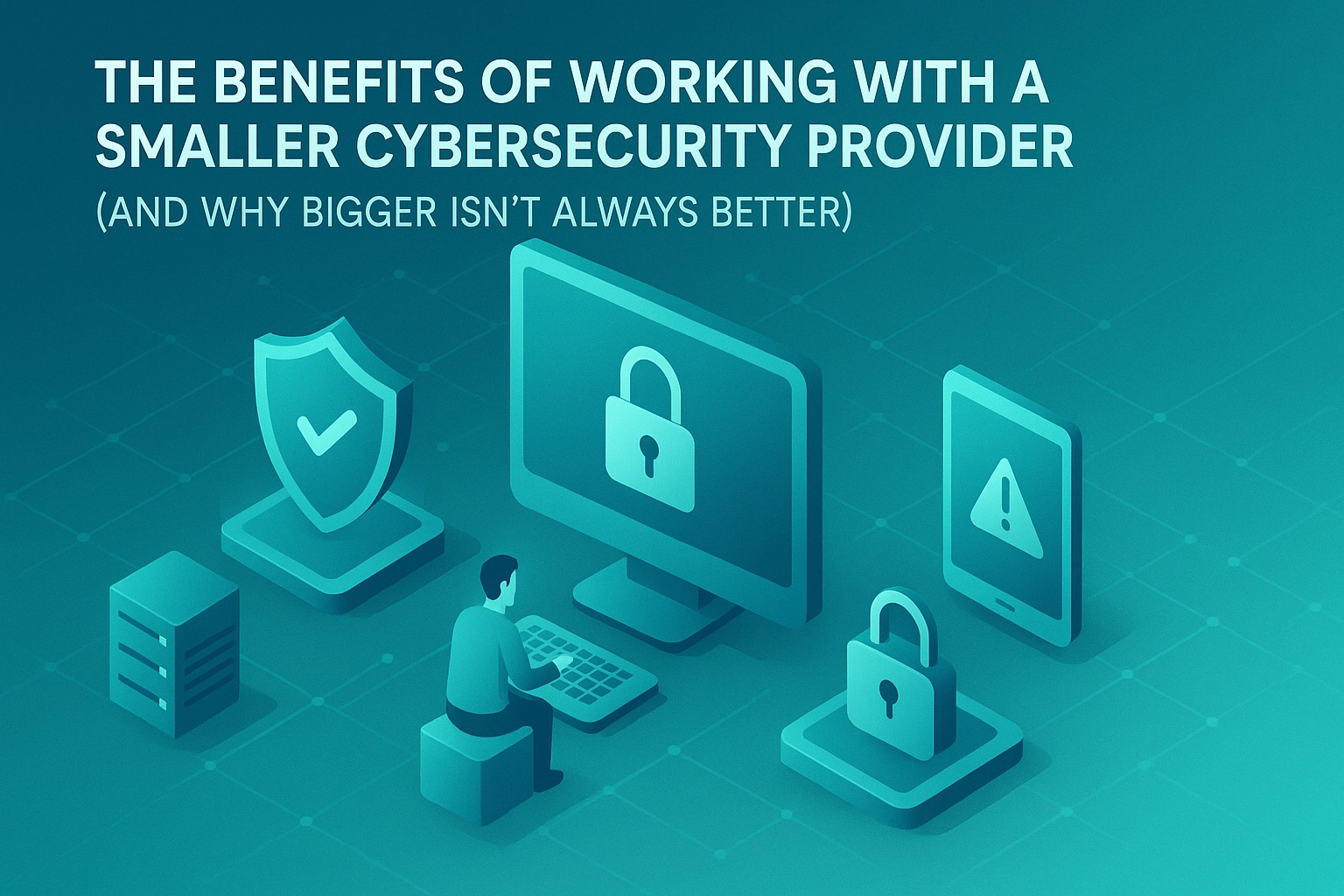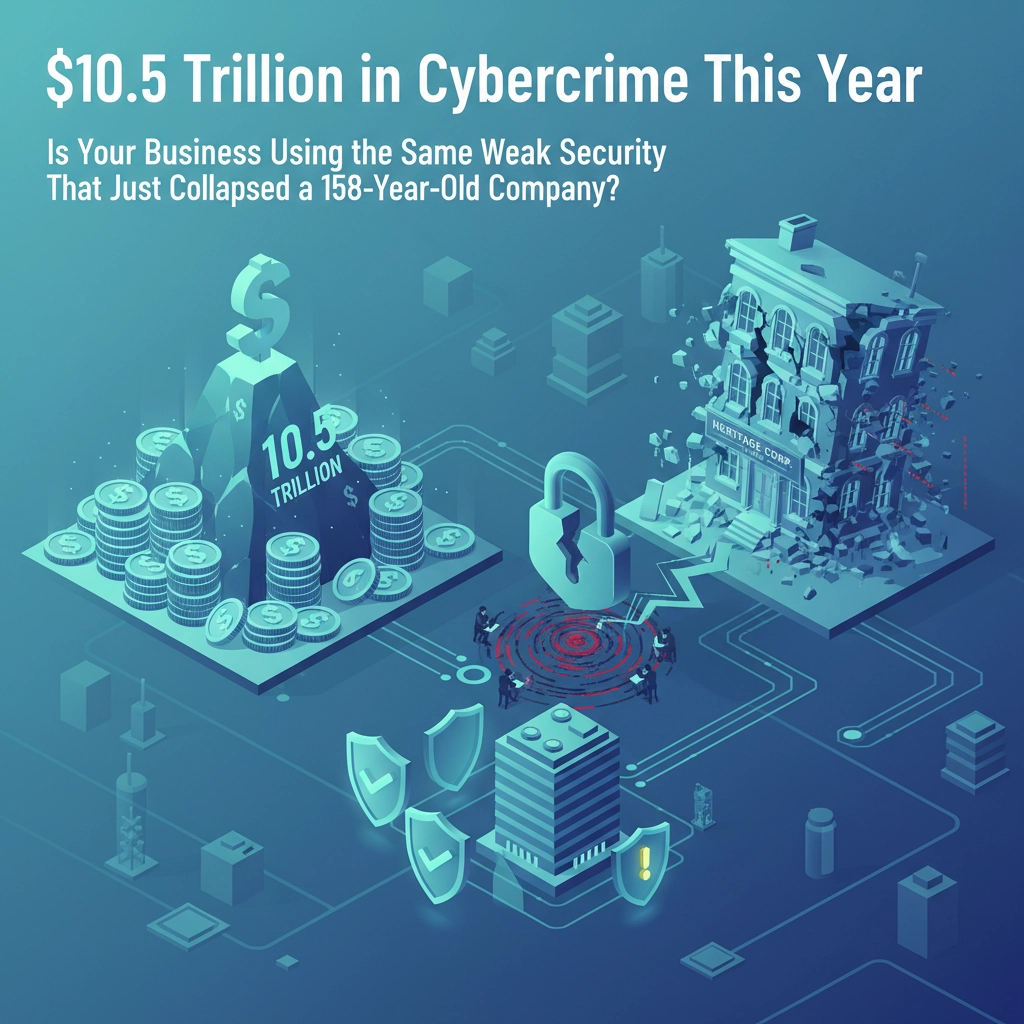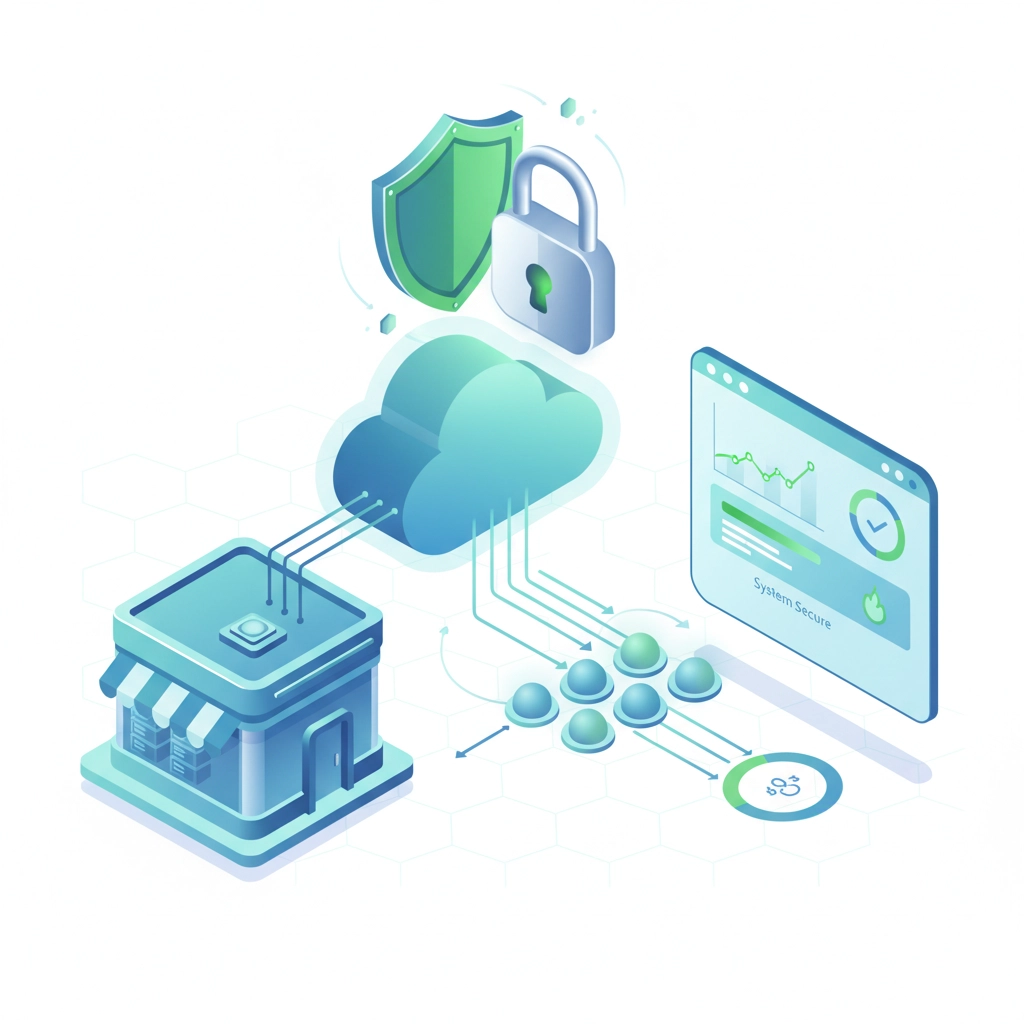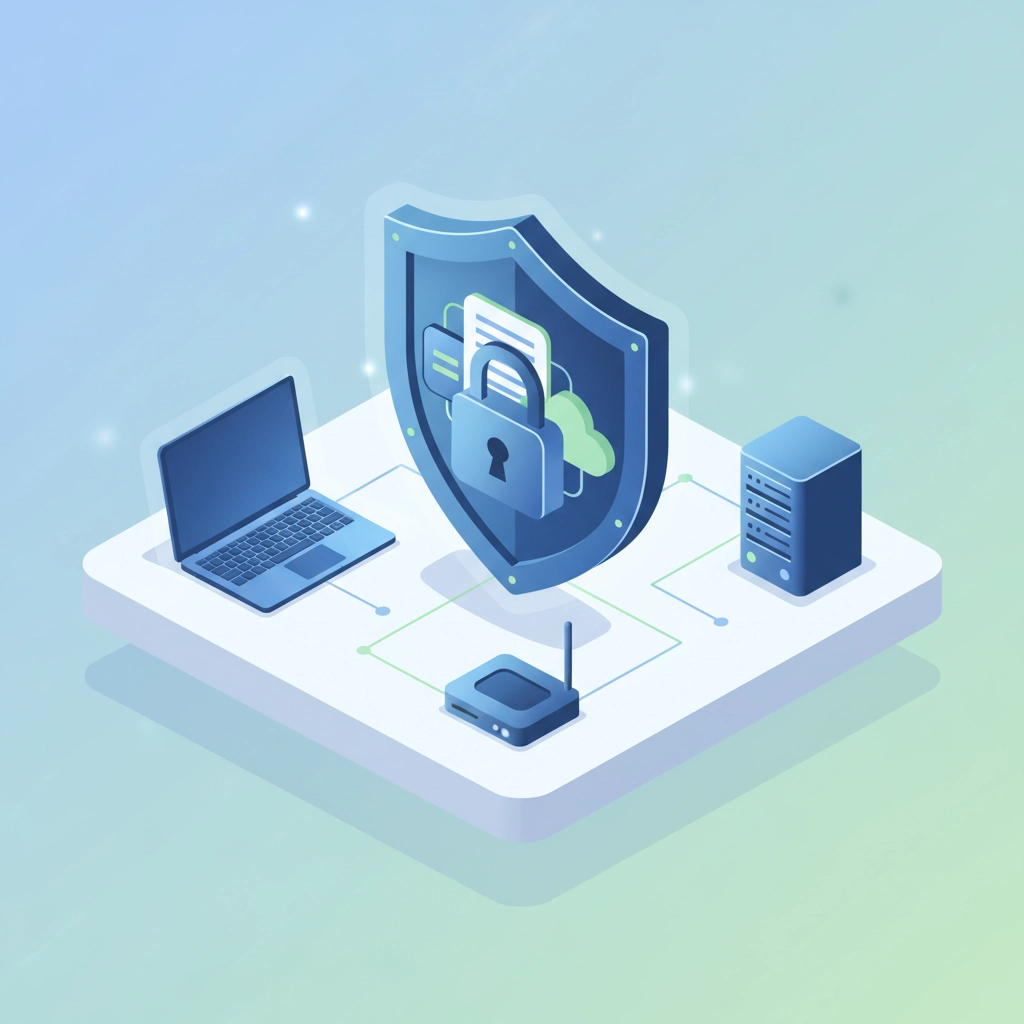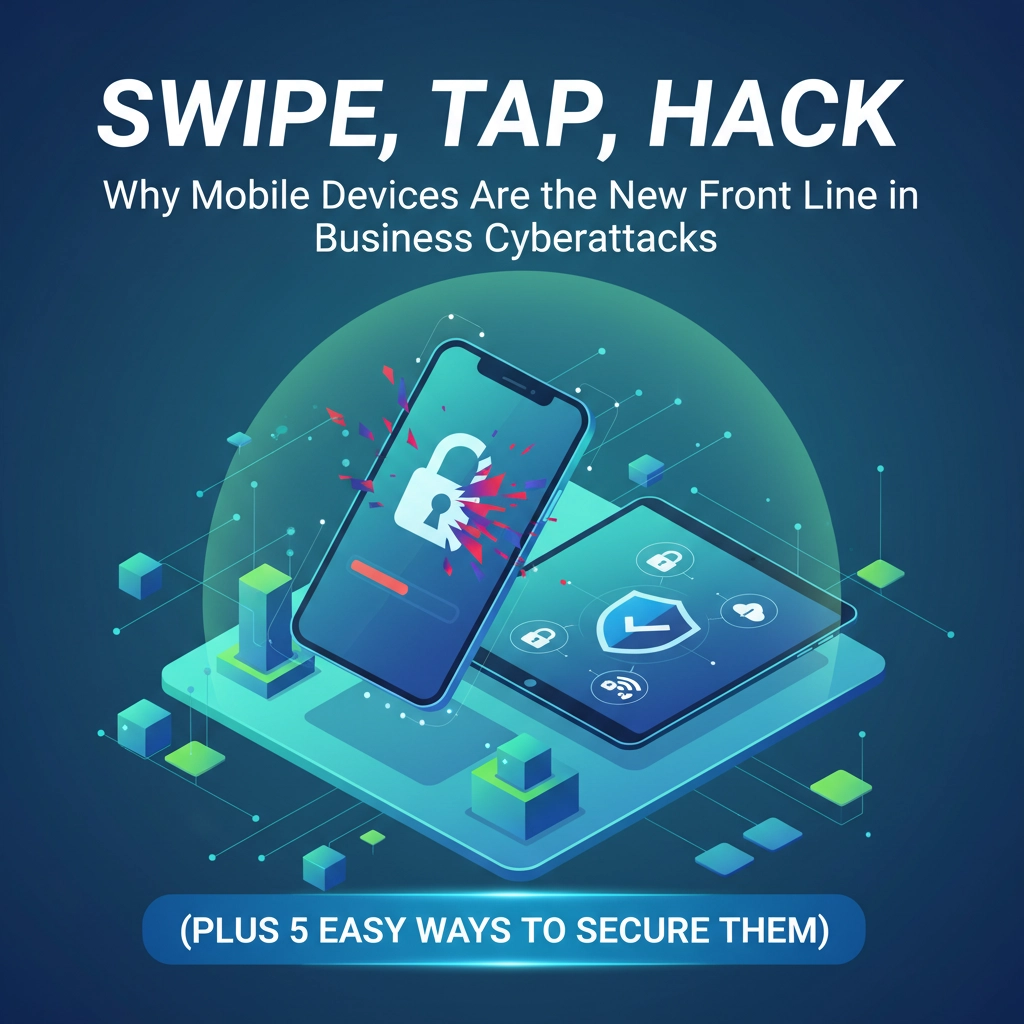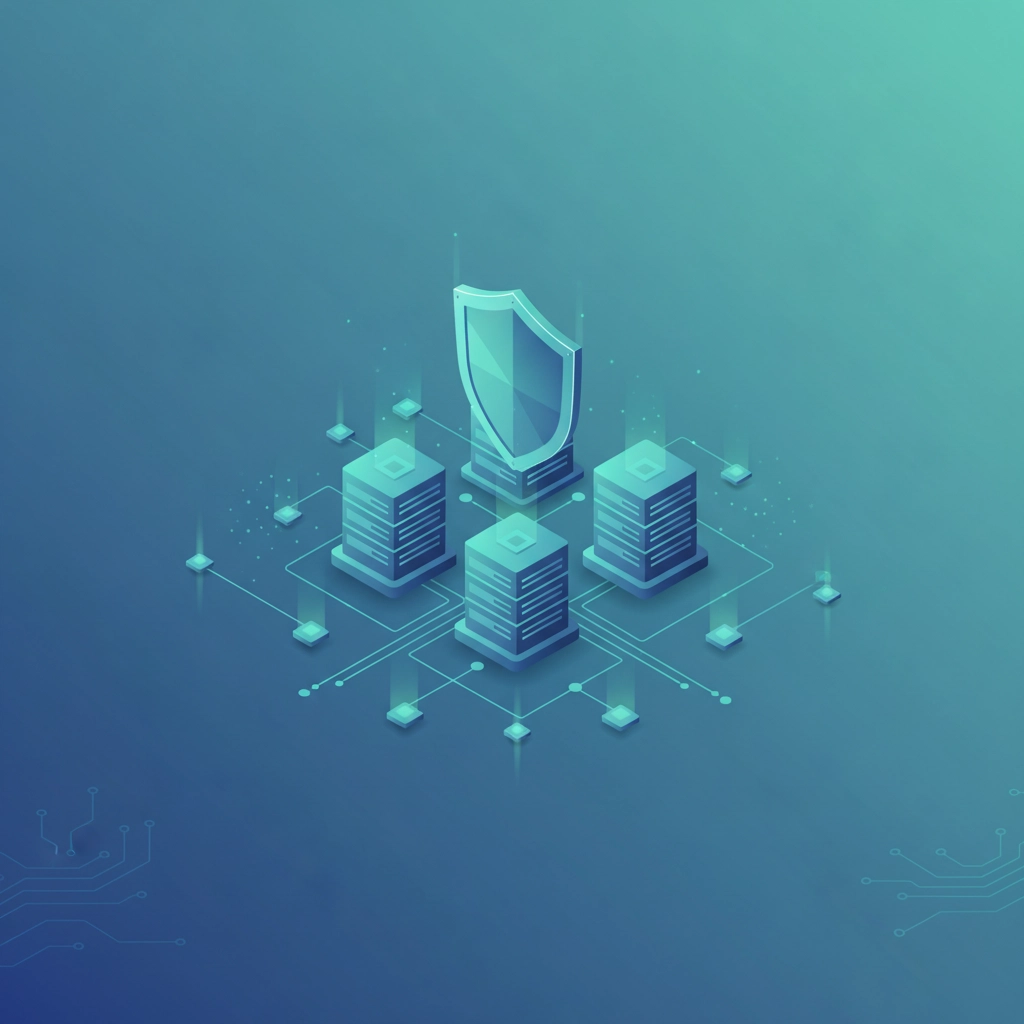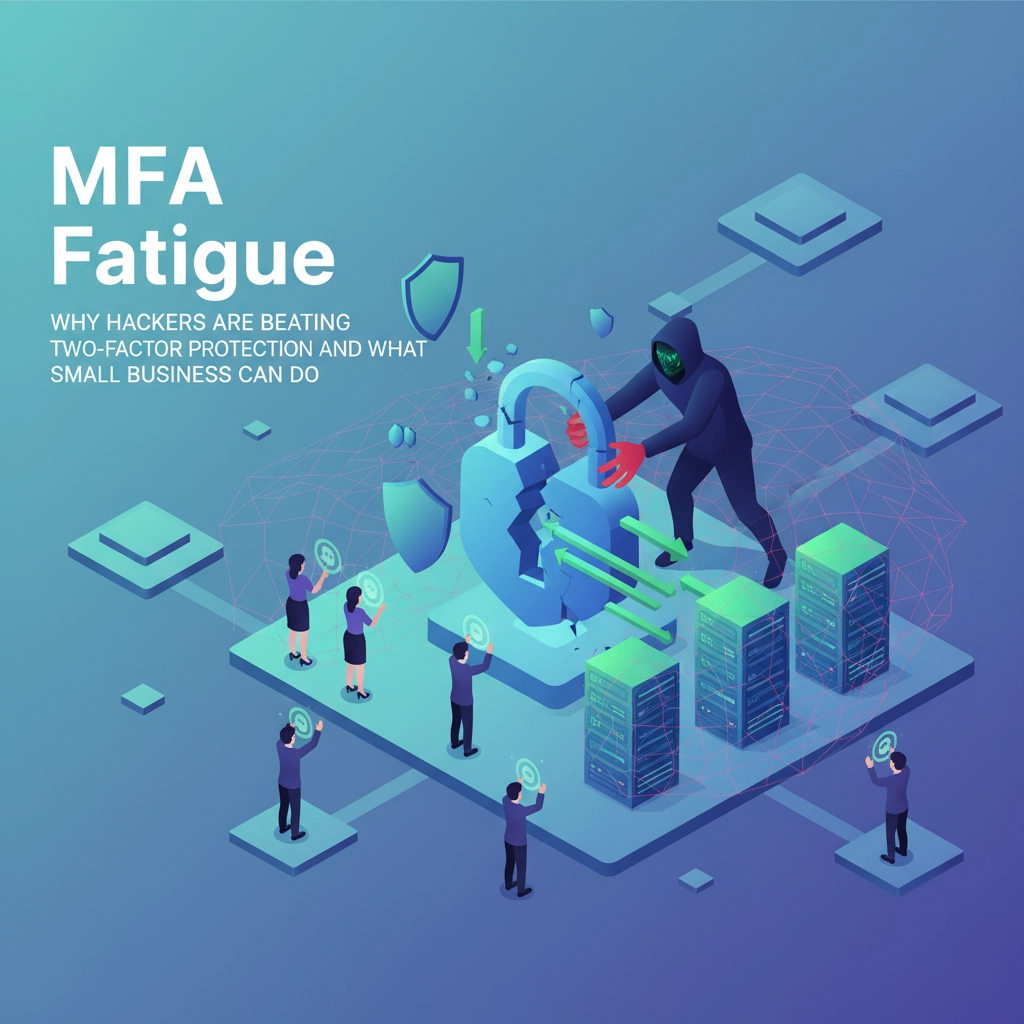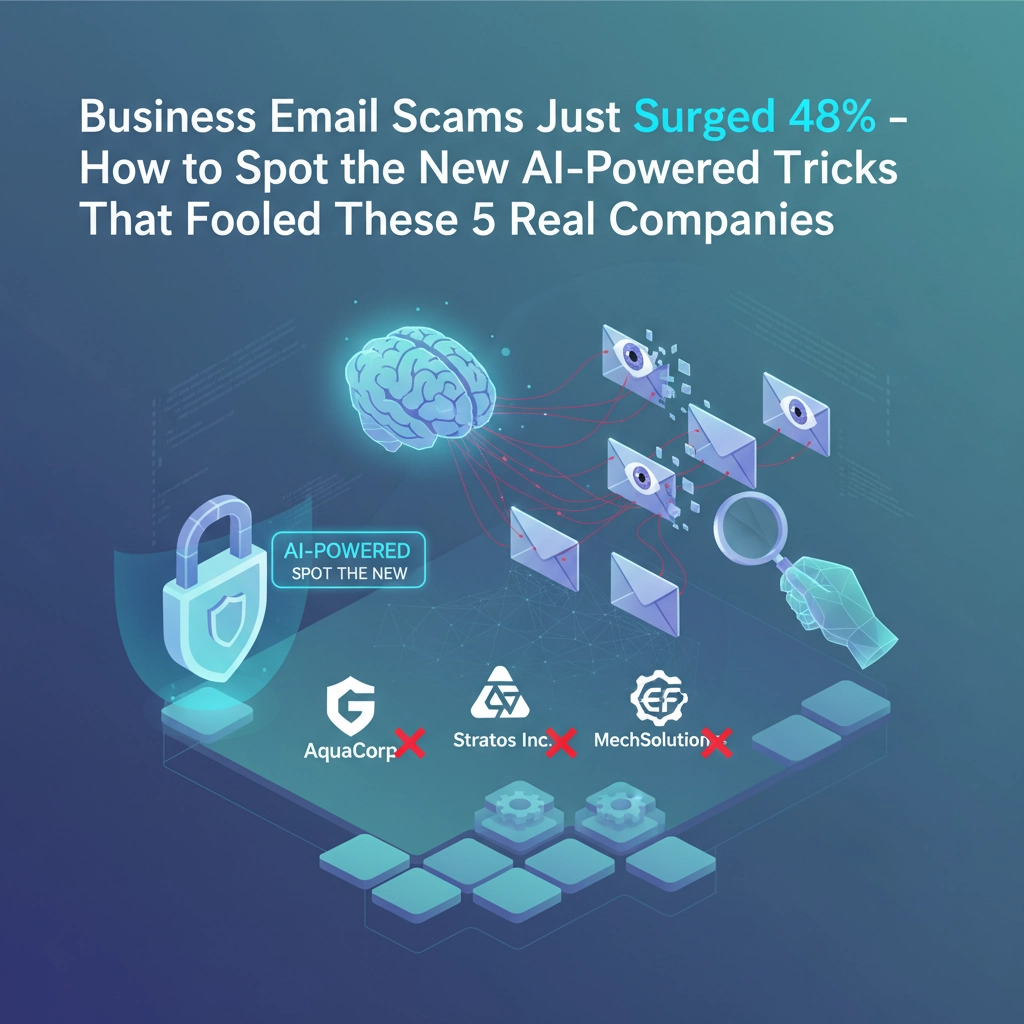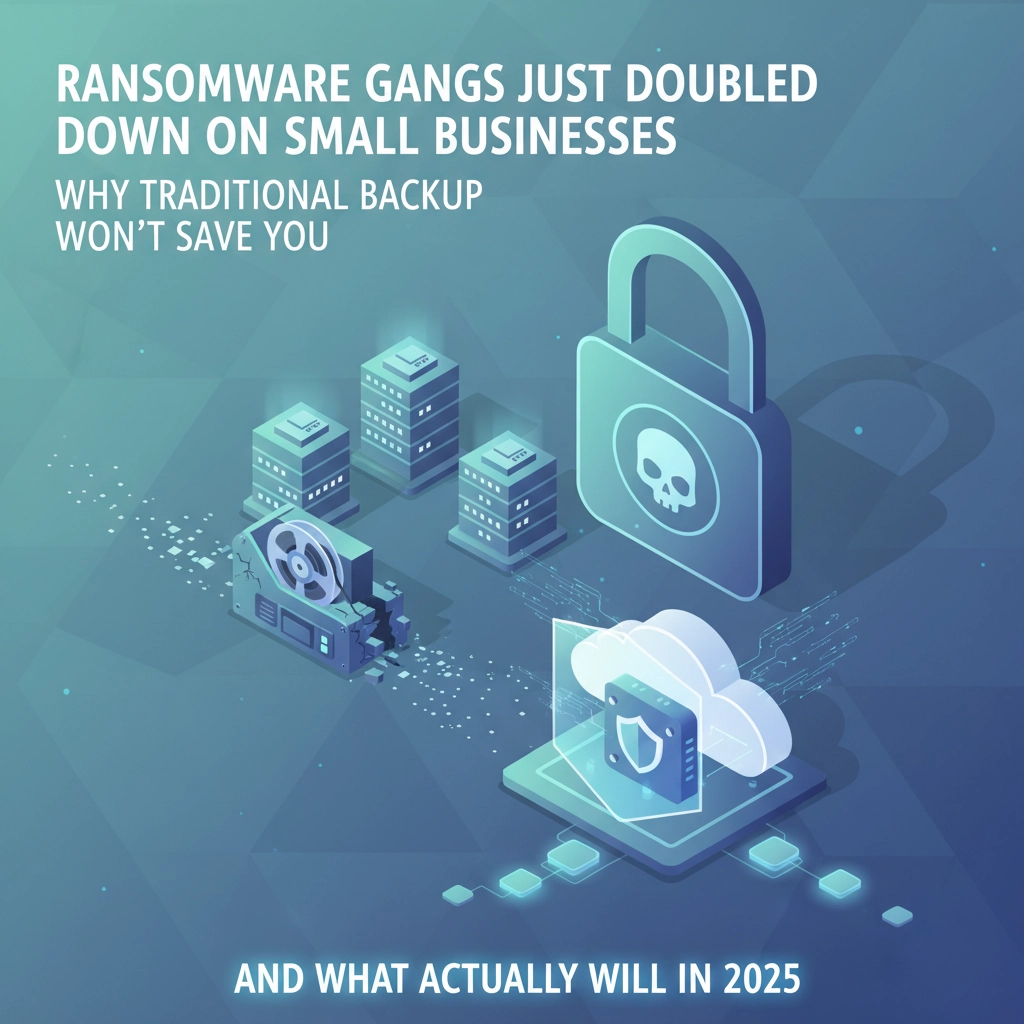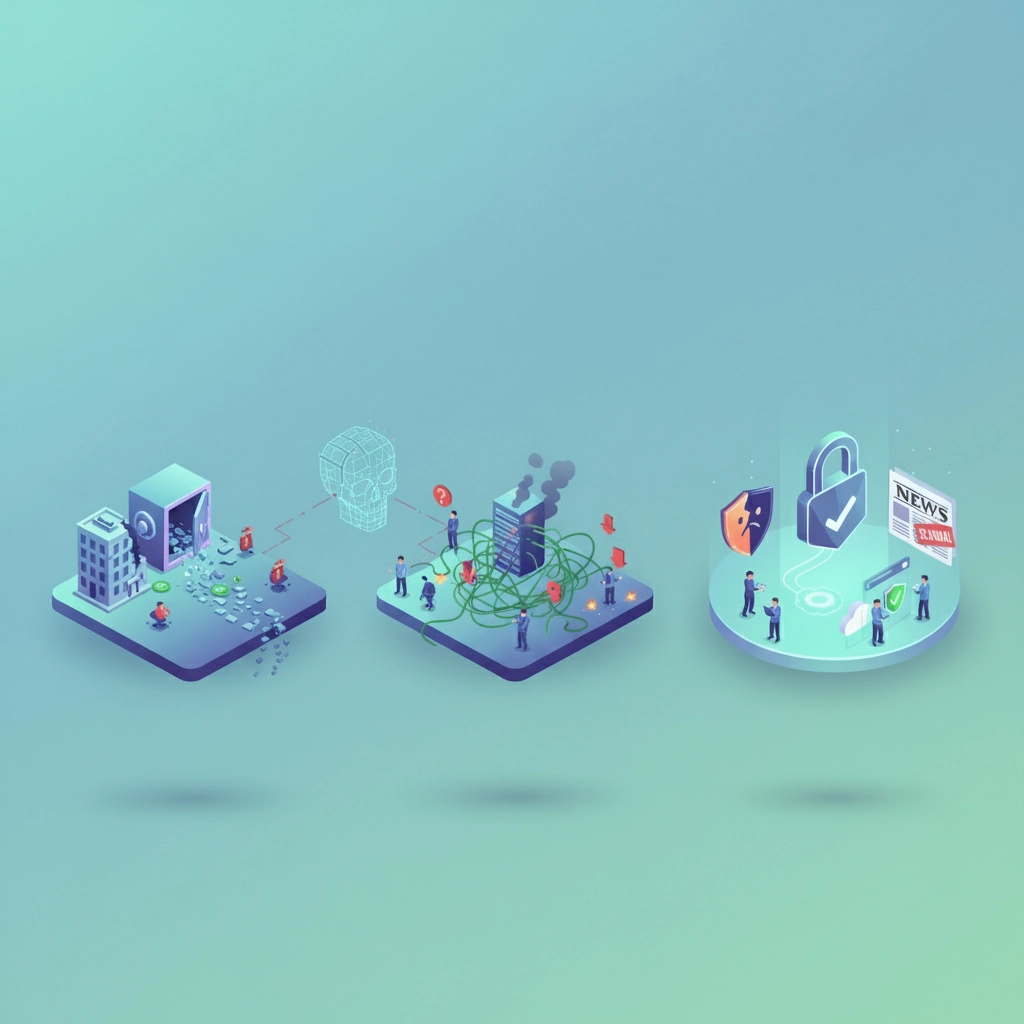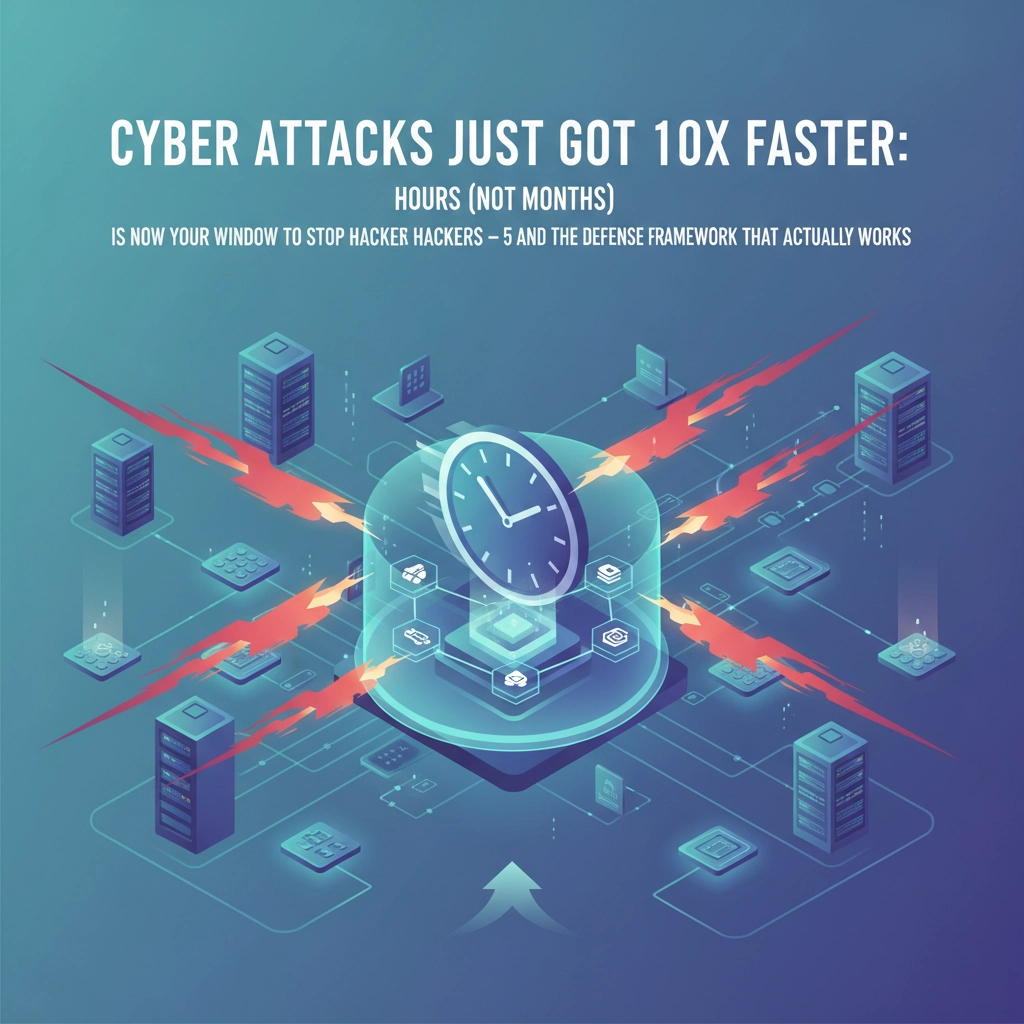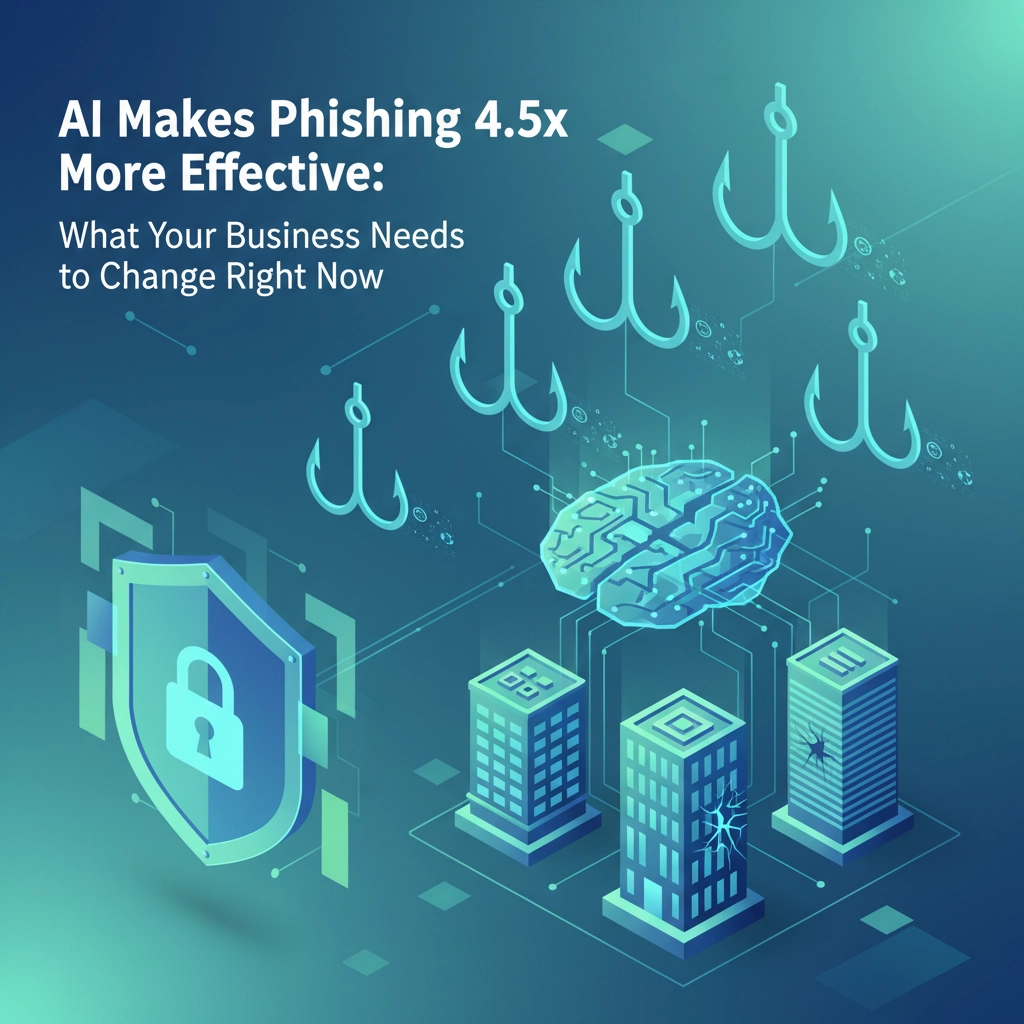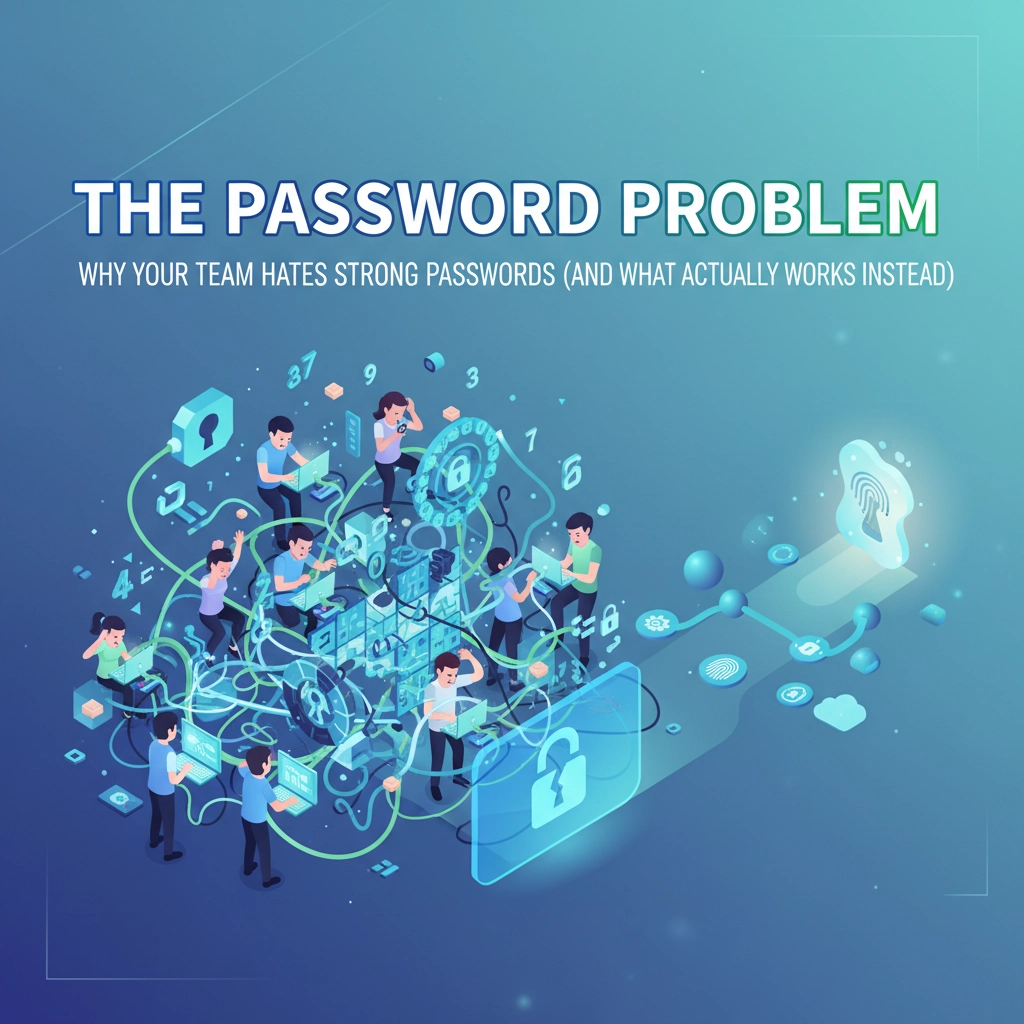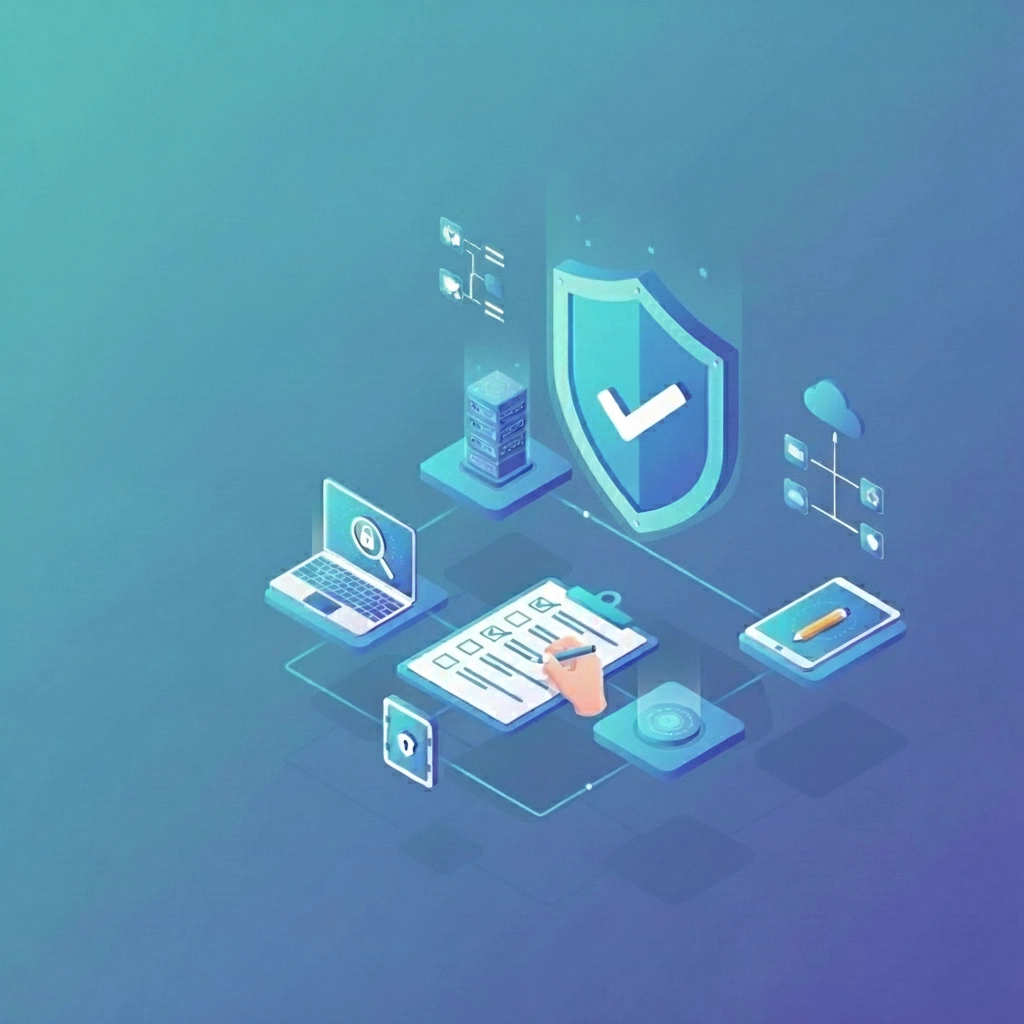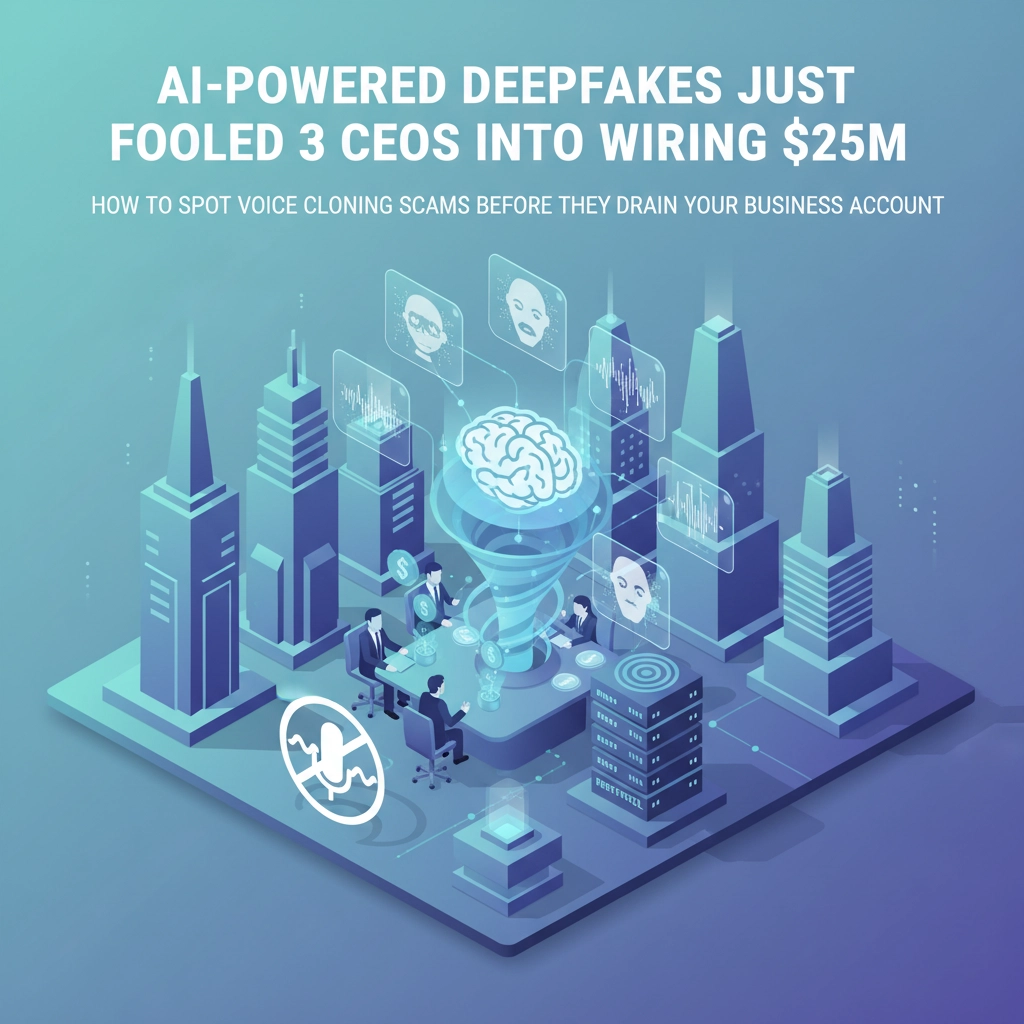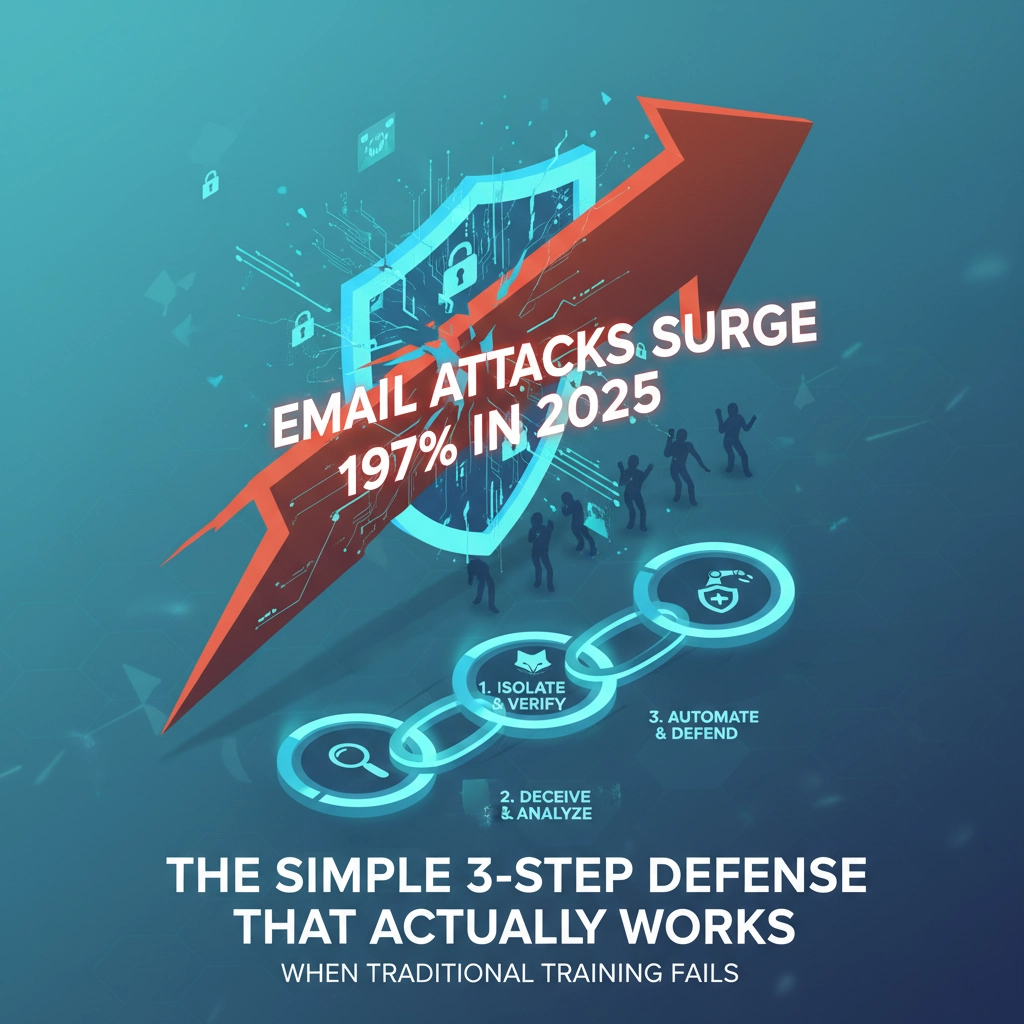Sixty seconds. That's how long it took hackers to breach TechFlow Solutions, a $12M manufacturing company in Ohio, and access their entire customer database. Not sixty minutes. Not even six minutes. Sixty seconds.
The CEO, Mark Rodriguez, found out about the breach the same way many business leaders do these days: through a ransom note that appeared on every computer screen in their office at 9:47 AM on a Tuesday morning.
"We had a firewall. We had antivirus. We thought we were protected," Mark told me during our conversation last month. "Turns out, we were fighting a machine gun with a wooden shield."
Mark's story isn't unique. It's becoming the norm. And if you're still relying on traditional perimeter security to protect your business, you're about to find out why that approach is not just outdated: it's dangerous.
The 60-Second Nightmare: How It Actually Happened
Here's what investigators pieced together about TechFlow's breach:
9:45:32 AM – An employee clicked on what looked like a legitimate Microsoft Office update notification in their email.
9:45:47 AM – The AI-powered malware began reconnaissance, automatically scanning the internal network for vulnerabilities and mapping out system architecture.
9:46:15 AM – The attack system identified weak credential storage and began credential harvesting across multiple user accounts.
9:46:28 AM – Lateral movement commenced as the AI exploited discovered vulnerabilities to access the domain controller.
9:46:45 AM – Full network compromise achieved. The AI began exfiltrating customer data while simultaneously deploying ransomware.
Total time: 73 seconds from click to complete compromise.
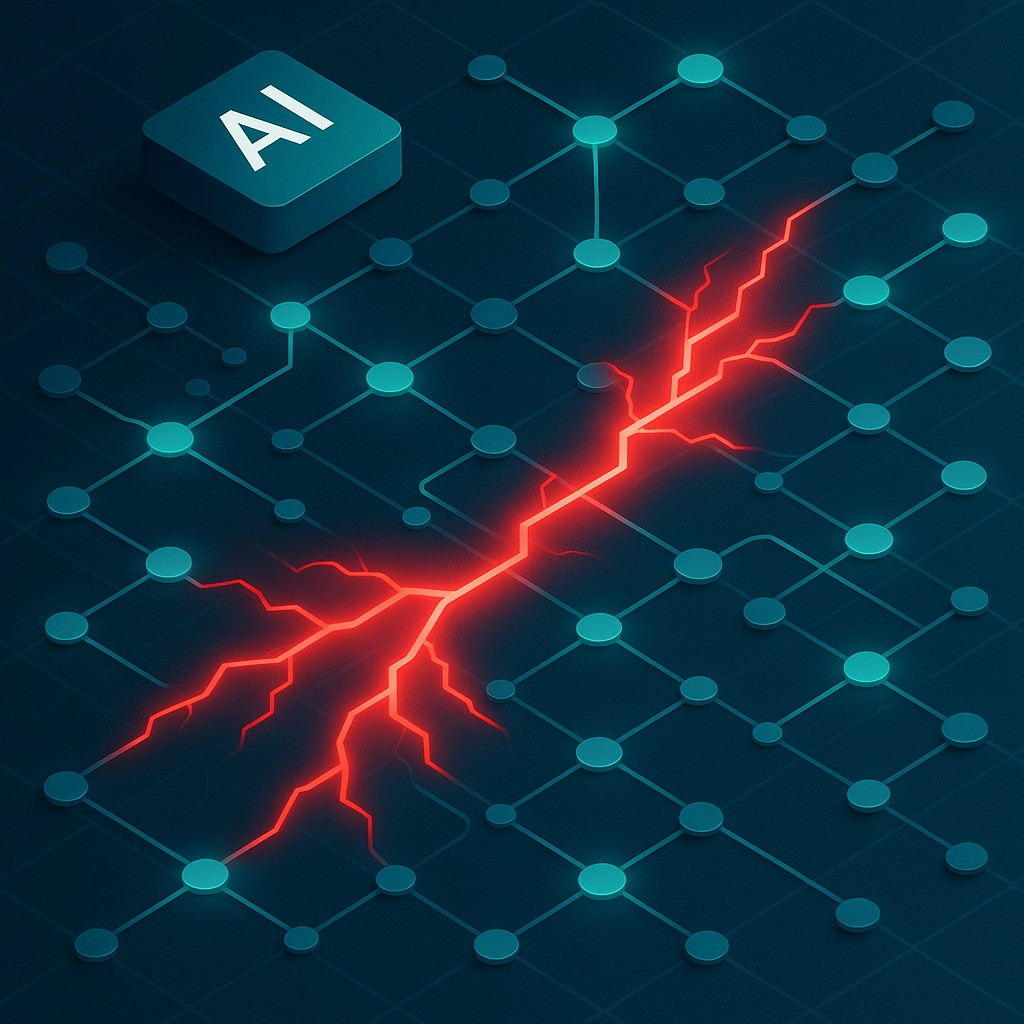
The scariest part? This wasn't some sophisticated state-sponsored attack. This was a commodity AI-driven ransomware campaign that cost the attackers maybe $200 to deploy. They used machine learning algorithms to adapt their attack methods in real-time, exploiting vulnerabilities faster than any human security team could respond.
Why Your "Castle Wall" Security Just Became Useless
Traditional perimeter security was built for a different era. It assumes attacks are slow, methodical, and carried out by humans who need time to think, plan, and execute each step.
That assumption is dead.
Modern AI-powered attacks operate at machine speed. We're talking about systems that can make thousands of attack attempts per second: each one learning from the previous failure and adapting accordingly.
Here's what TechFlow's "robust" security setup looked like:
- Firewall: Configured to block known bad IPs and suspicious ports
- Antivirus: Running signature-based detection for known malware
- Password policy: Requiring 8-character passwords with special characters
- Network segmentation: Basic VLAN separation between departments
- Backup strategy: Weekly backups stored on a network-attached drive
Sounds reasonable, right? Here's why it all failed:
The firewall couldn't identify the AI's traffic because it looked like legitimate Microsoft services communicating normally.
The antivirus missed the attack because the AI generated unique, never-before-seen malware variants that had no signatures in any database.
The password policy became irrelevant when the AI discovered and exploited a credential storage vulnerability that exposed plaintext passwords.
Network segmentation was bypassed within seconds once the AI obtained domain administrator credentials.
The backups were encrypted along with everything else because they were accessible from the compromised network.
The Speed Problem: When Humans Can't Keep Up
The fundamental issue isn't that traditional security tools are completely useless: it's that they operate on human timescales while attacks now happen on machine timescales.
Consider this: The average time for a human security analyst to investigate a potential threat is 23 minutes. The average time for an AI-powered attack to achieve full network compromise is now under 2 minutes.

That's not a gap. That's a chasm.
Even if TechFlow had a dedicated cybersecurity team monitoring their networks 24/7 (which they didn't: they relied on their IT guy to handle security along with everything else), the attack would have been over before anyone could respond.
This is why companies spending millions on cybersecurity are still getting breached. They're building bigger walls when attackers have already figured out how to teleport over them.
The AI-Powered Defense That Actually Works
So what's the solution? Fight fire with fire.
The only way to defend against machine-speed attacks is with machine-speed defenses. AI-powered security systems that can detect, analyze, and respond to threats in real-time: without waiting for human intervention.
Here's what modern AI defense systems do differently:
Behavioral Analytics: Instead of looking for known bad signatures, AI systems establish baselines of normal behavior and immediately flag anything that deviates. When TechFlow's accounting software suddenly starts accessing the engineering file server at 3 AM, that's not a signature match: that's behavioral anomaly that gets flagged instantly.
Automated Response: The moment a threat is detected, AI systems can automatically isolate affected endpoints, terminate malicious processes, and contain the attack before it spreads. We're talking seconds, not hours.
Predictive Intelligence: Machine learning algorithms analyze attack patterns and predict where threats are likely to strike next, proactively strengthening defenses before attacks occur.
Continuous Learning: Every blocked attack, every false positive, every successful defense becomes training data that makes the system smarter and more effective.
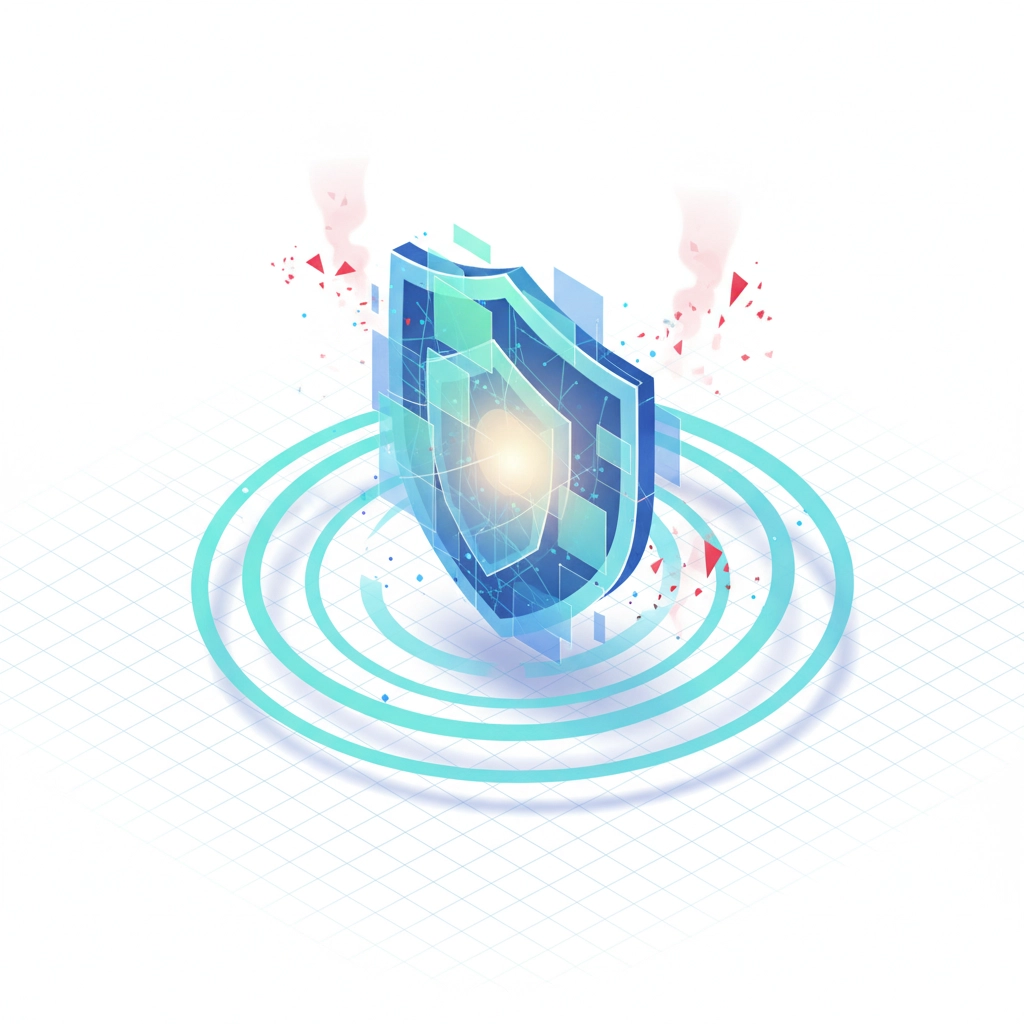
Companies using AI-powered defense platforms are reporting investigation times dropping from hours to minutes, with automated responses containing threats that previously would have required manual analyst intervention.
The Three-Layer Framework That Stops Fast Attacks
Effective AI-powered defense isn't just about buying better software. It requires a completely different approach built on three essential layers:
Layer 1: Automated Security Hygiene
- Self-patching systems that update vulnerabilities without human intervention
- Continuous attack surface monitoring that identifies and closes security gaps
- Zero-trust architecture that verifies every connection, every time
- Self-healing networks that automatically reroute around compromised segments
Layer 2: Autonomous Threat Detection
- Real-time behavioral analysis across all network traffic
- Machine learning algorithms that identify attack patterns humans would miss
- Automated threat hunting that proactively searches for hidden threats
- Instant response capabilities that contain threats before they spread
Layer 3: Human-AI Collaboration
- Real-time intelligence dashboards that give leaders actionable insights
- Automated reporting that keeps executives informed without overwhelming them
- Strategic threat analysis that helps businesses make better security investments
- Incident response coordination that combines AI speed with human judgment
Don't Wait for Your 60-Second Nightmare
Mark Rodriguez learned the hard way that traditional security isn't enough anymore. The attack cost TechFlow $2.3 million in ransom payments, business interruption, and regulatory fines. They spent another $800,000 rebuilding their entire IT infrastructure.
"If someone had told me a year ago that hackers could break into our system in under a minute, I would have laughed," Mark said. "Now I tell every business owner I meet: your security strategy needs to be as fast as their attacks, or you're going to lose."
The good news? You don't have to figure this out alone.
At B&R Computers, we've helped dozens of businesses transition from vulnerable perimeter security to AI-powered defense systems. We understand that every business is different, and we design security solutions that fit your specific needs, budget, and risk profile.
Ready to find out if your business can withstand a 60-second attack? Contact us today for a complimentary security assessment. We'll identify your vulnerabilities, show you where traditional security is leaving you exposed, and design an AI-powered defense strategy that actually works.
Because in 2025, the question isn't whether you'll be targeted by an AI-powered attack. The question is whether you'll be ready when it happens.
Get your free security assessment here and stop treating cybersecurity like it's still 2015.

